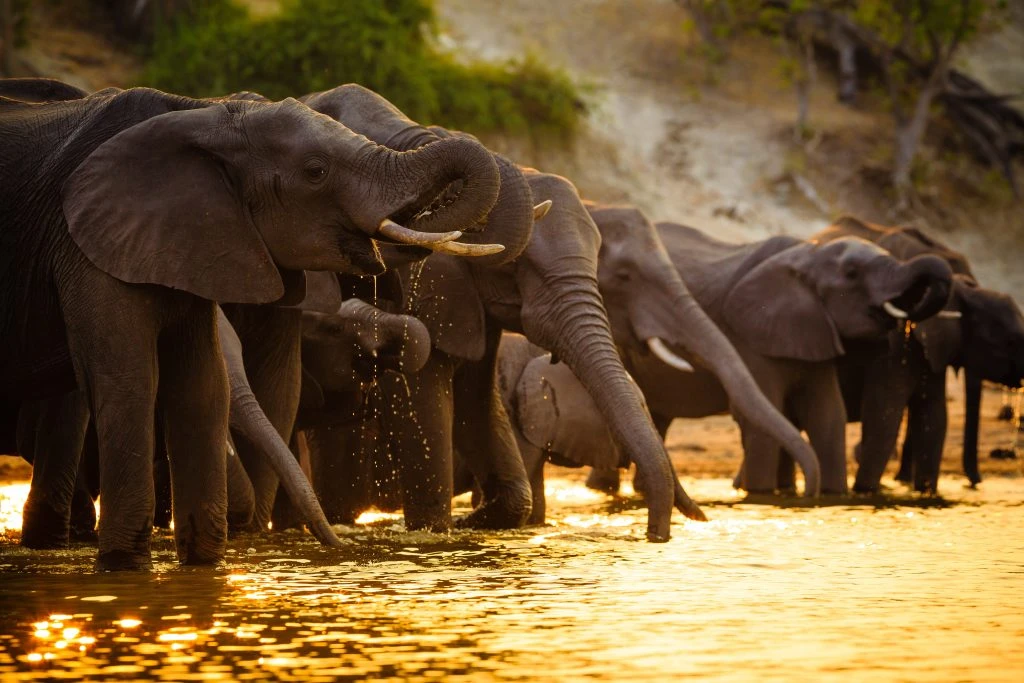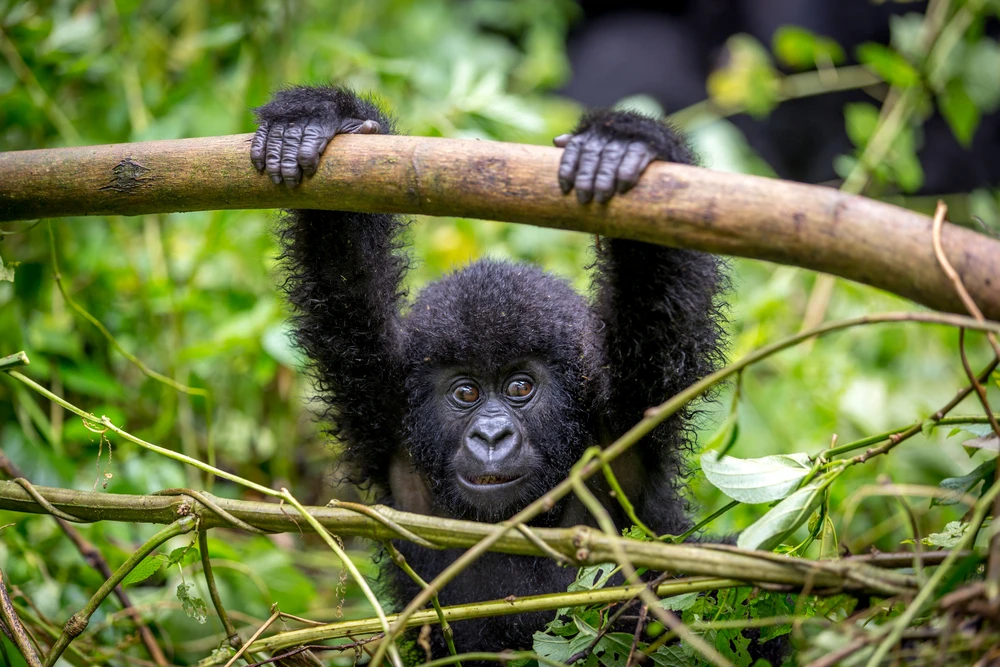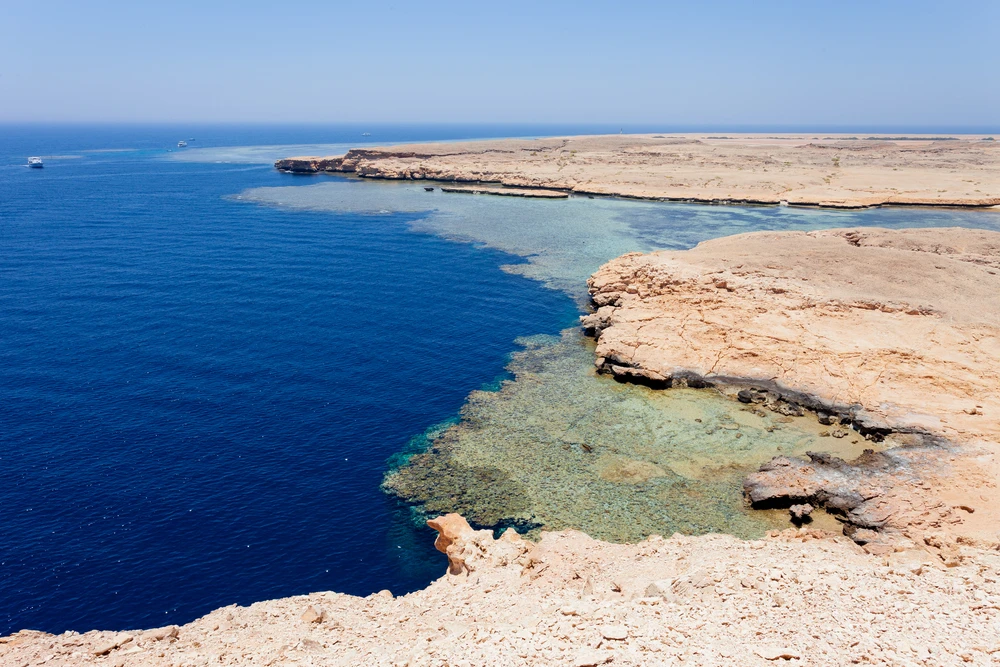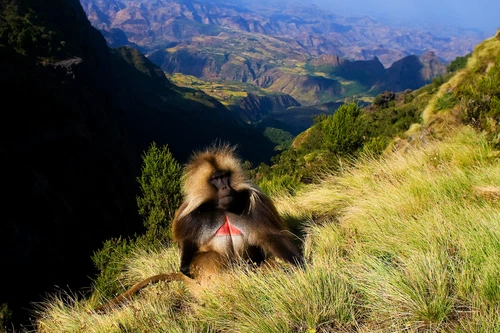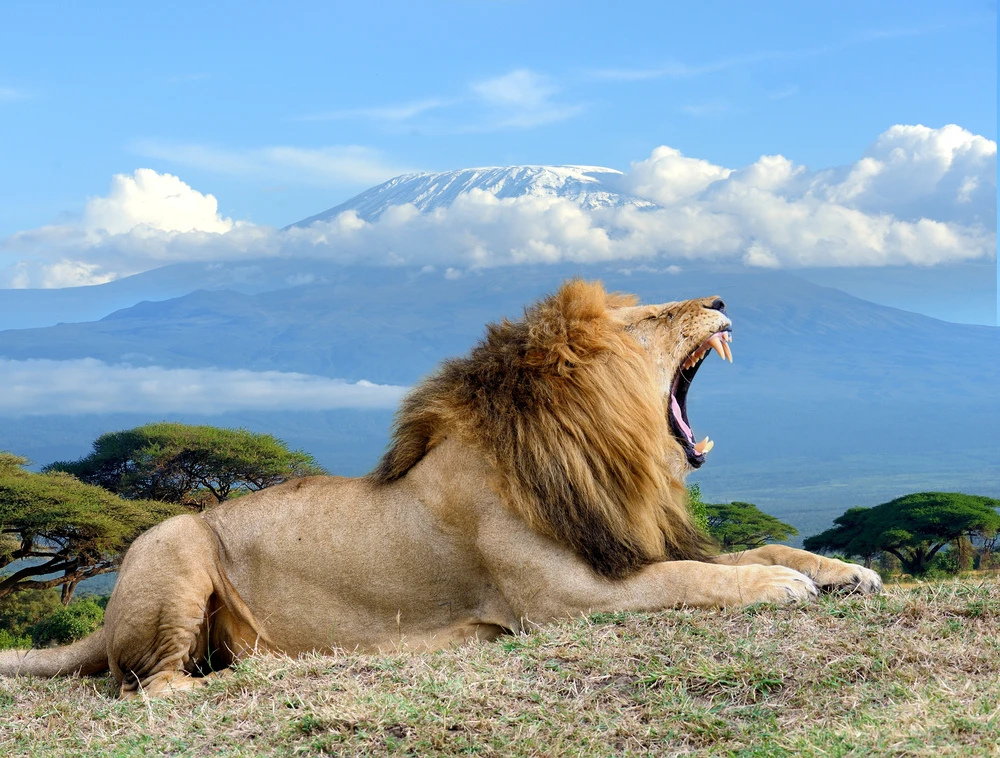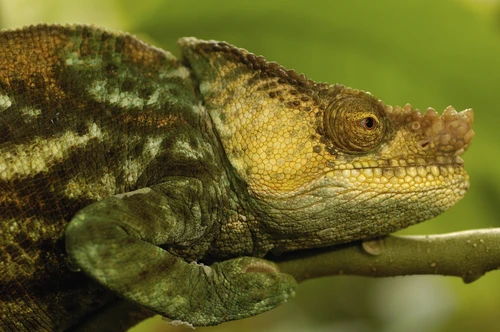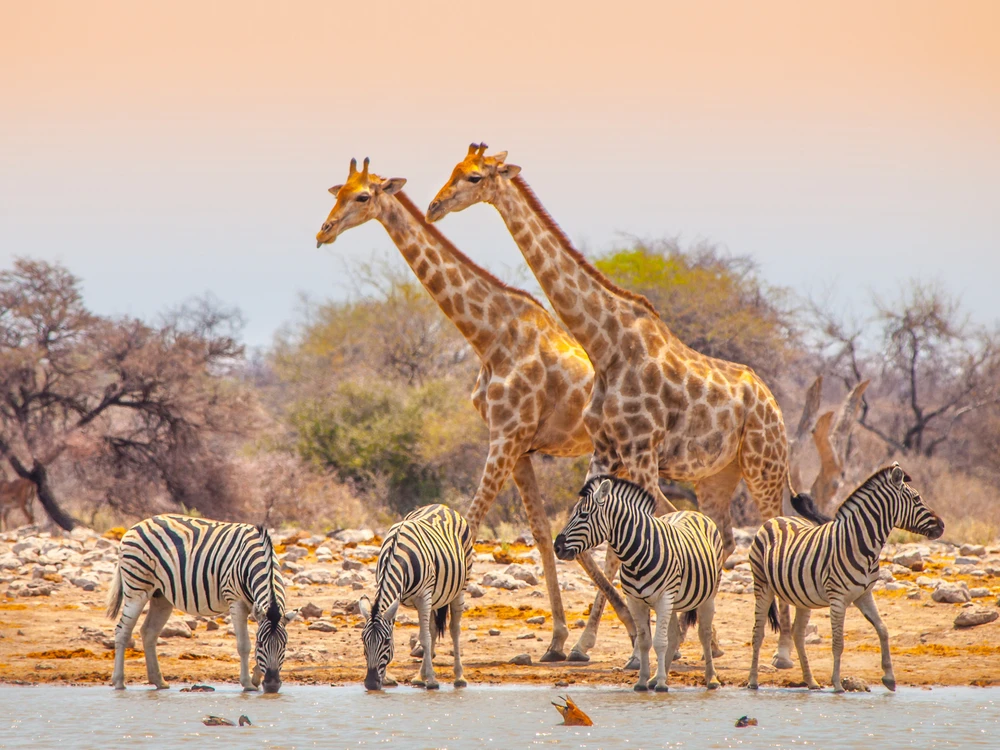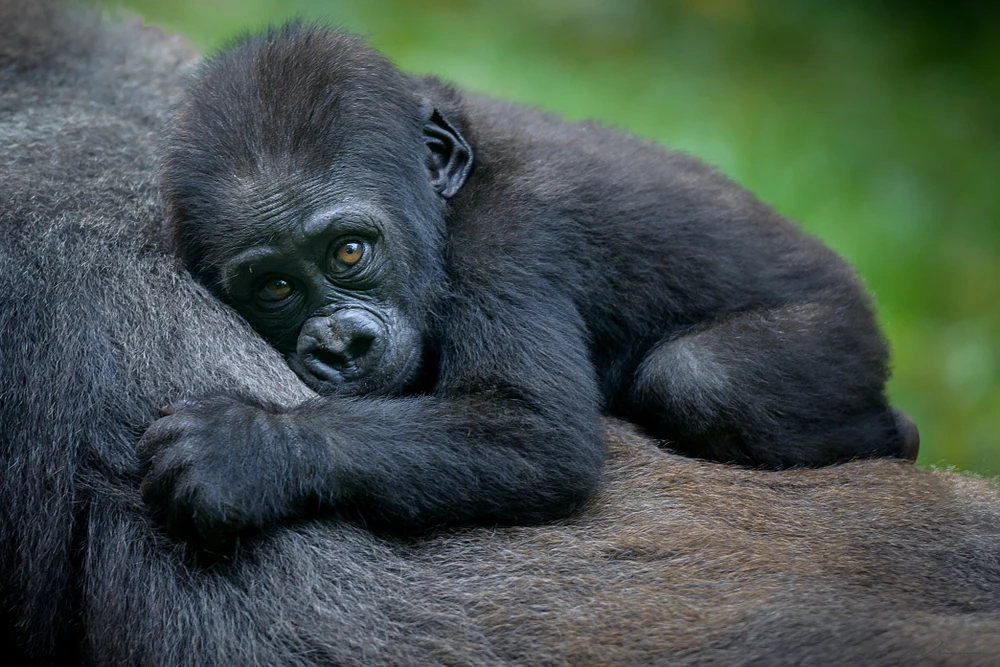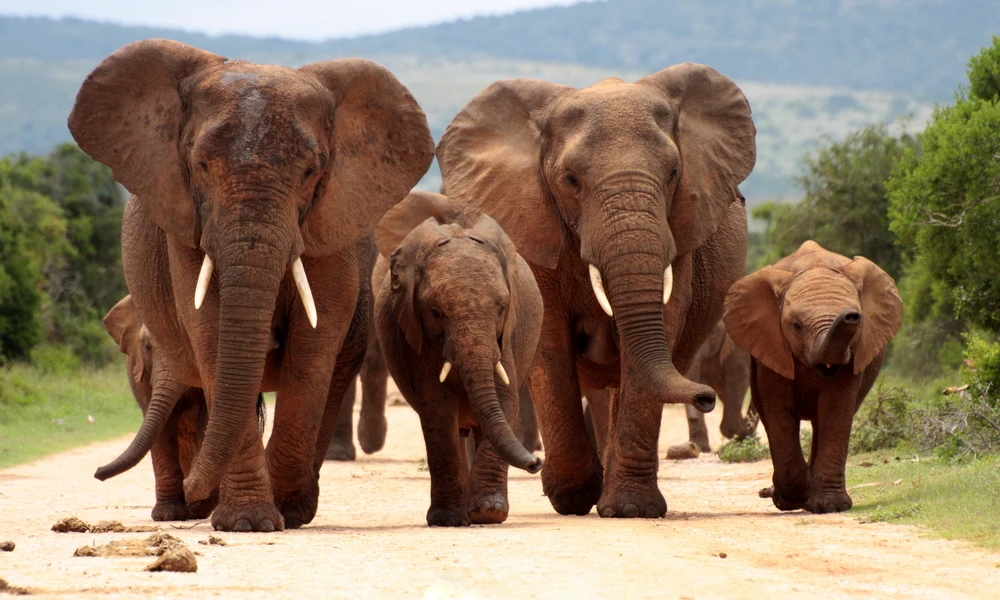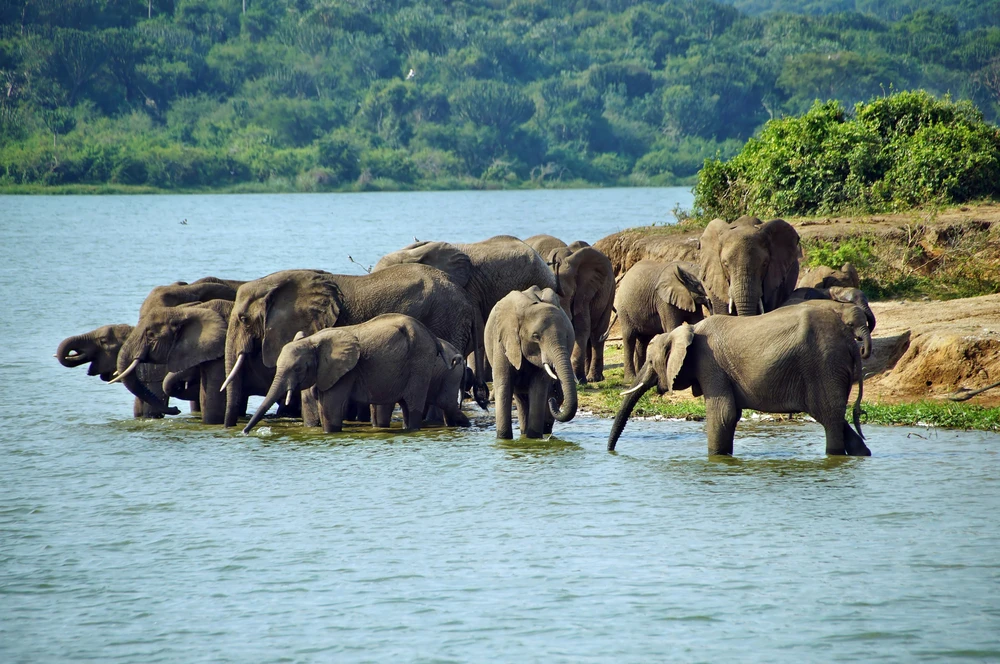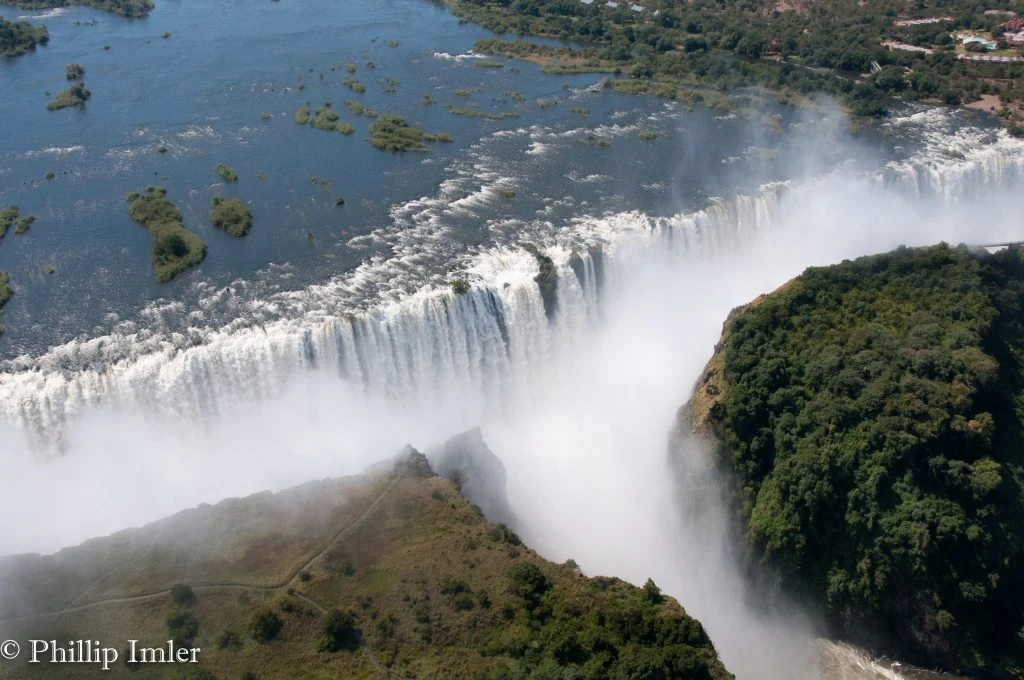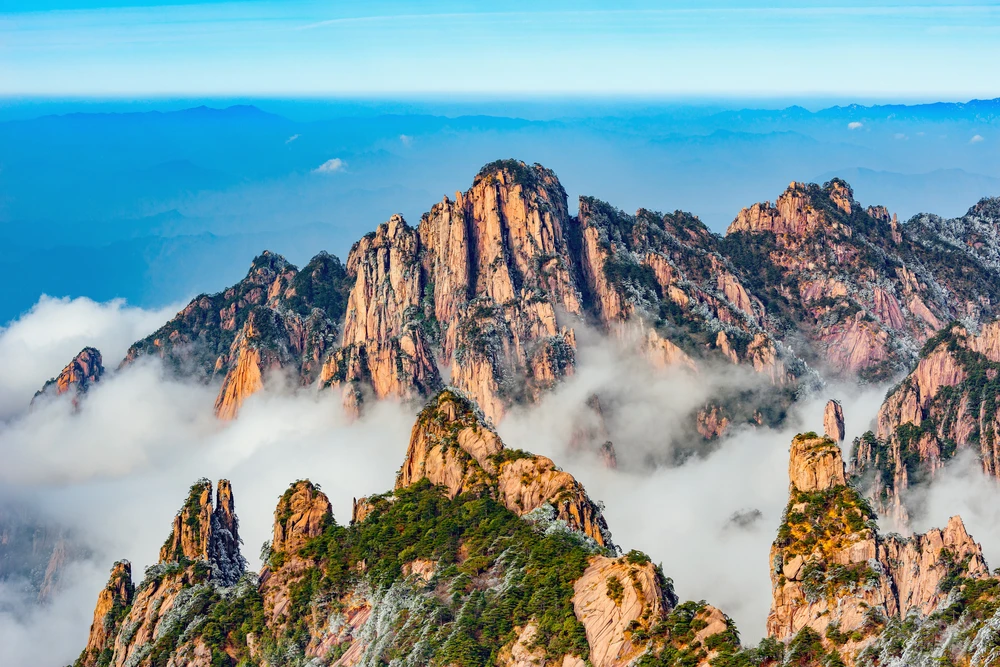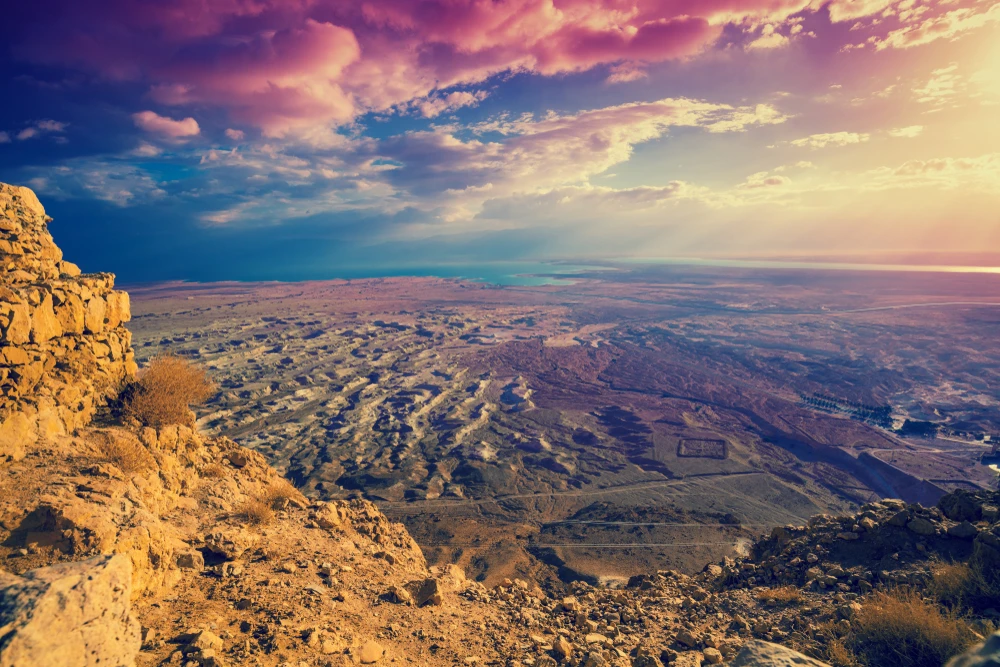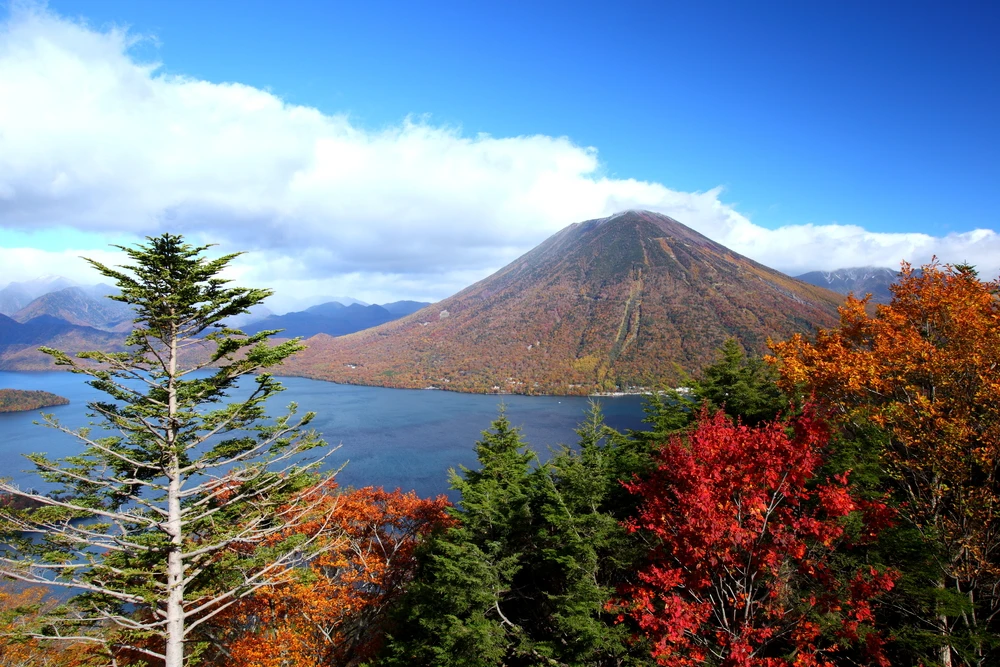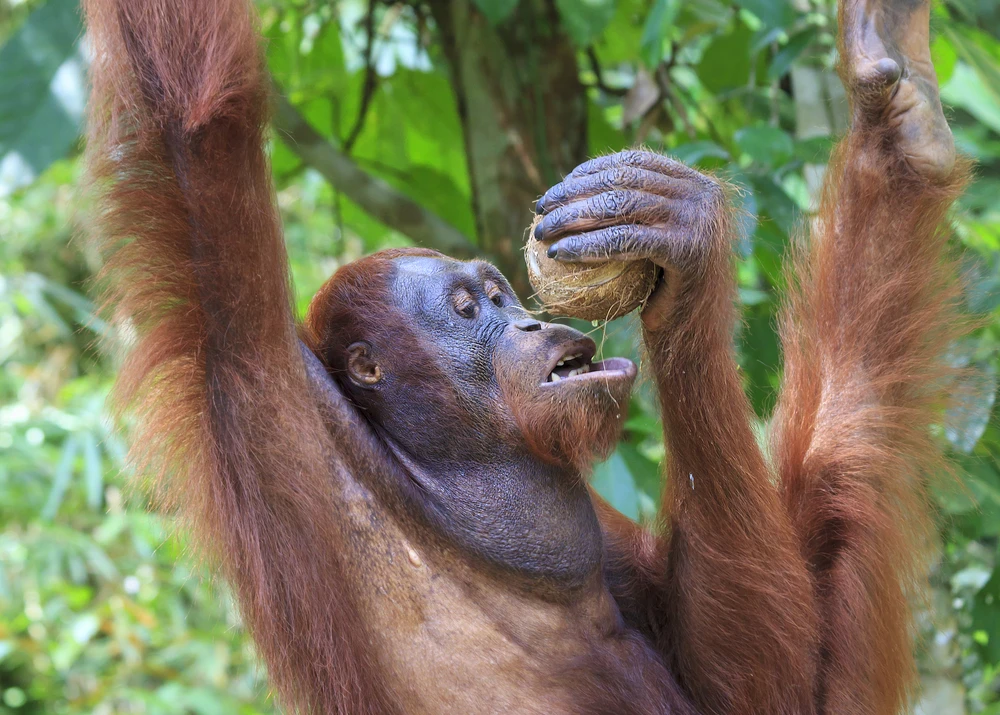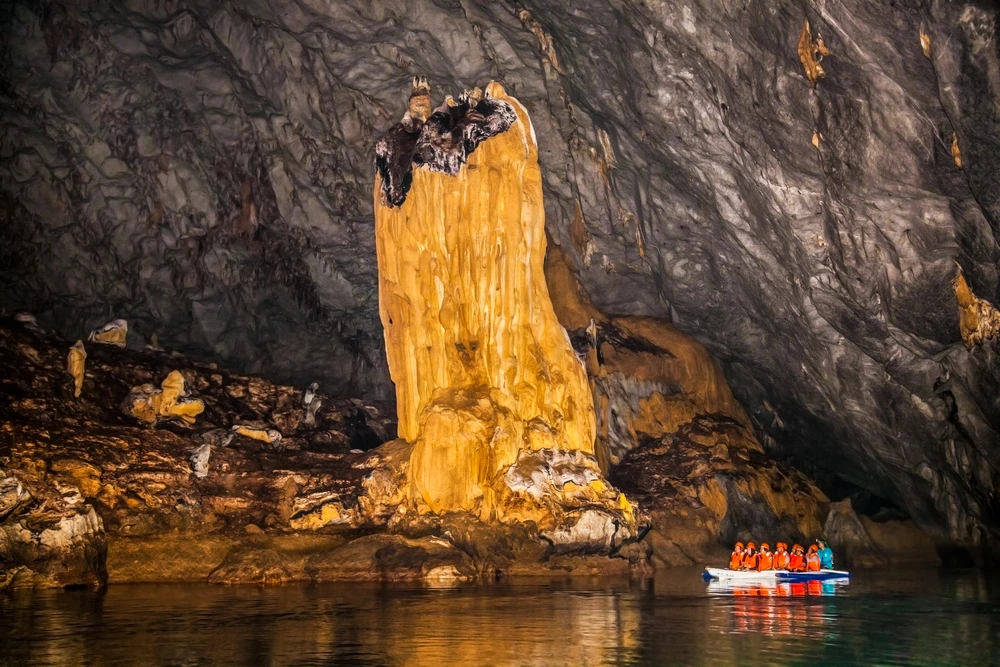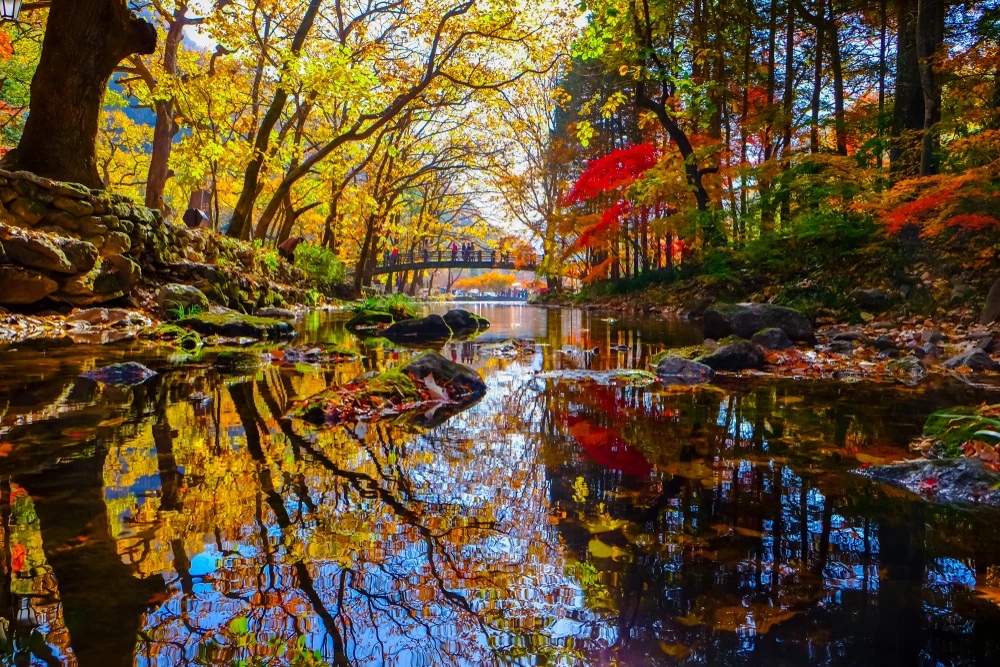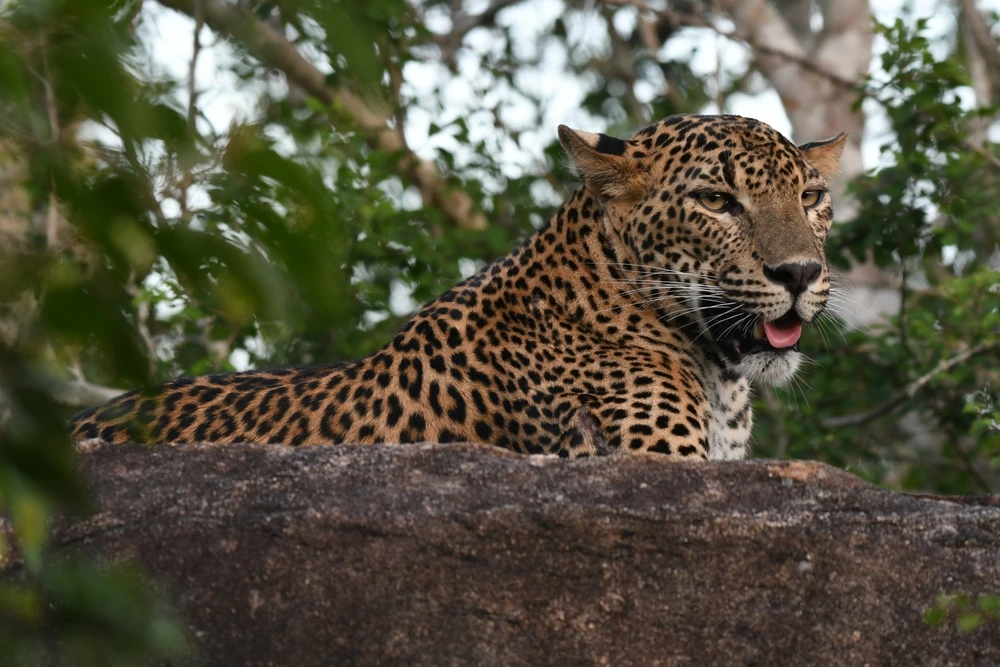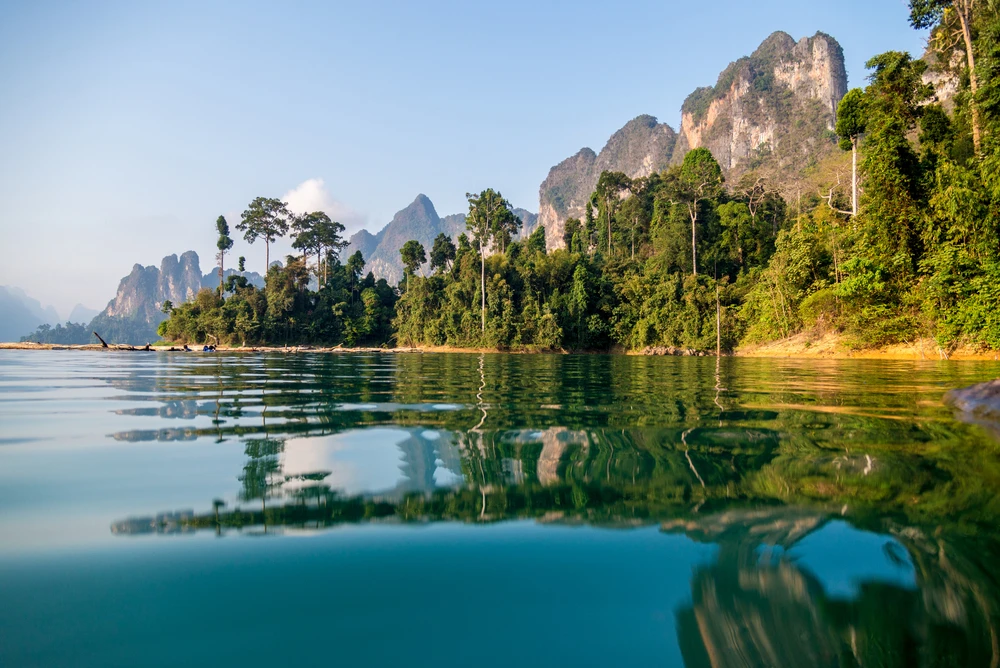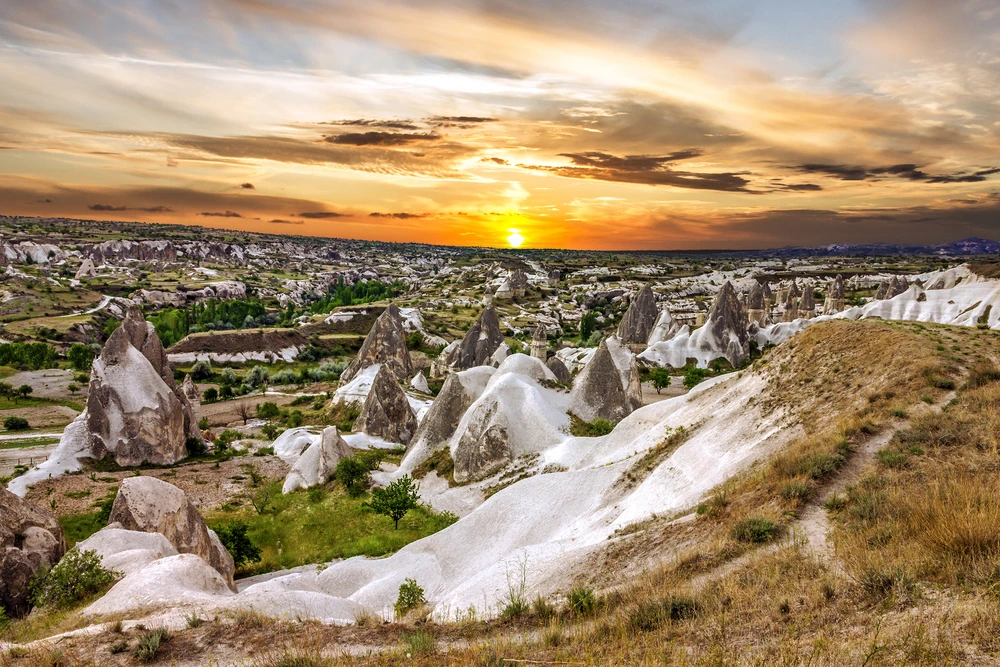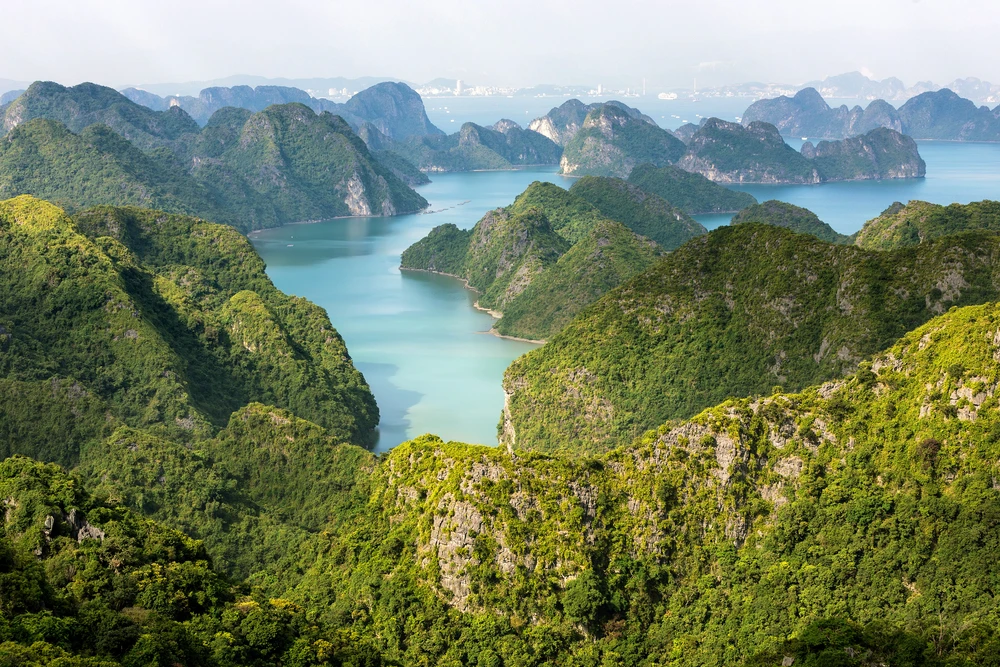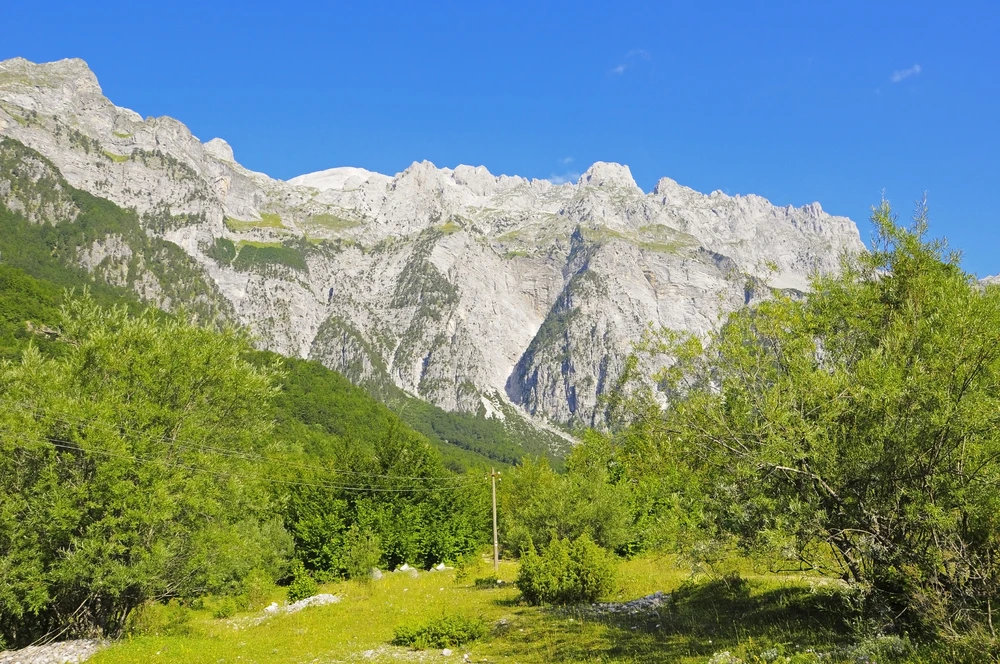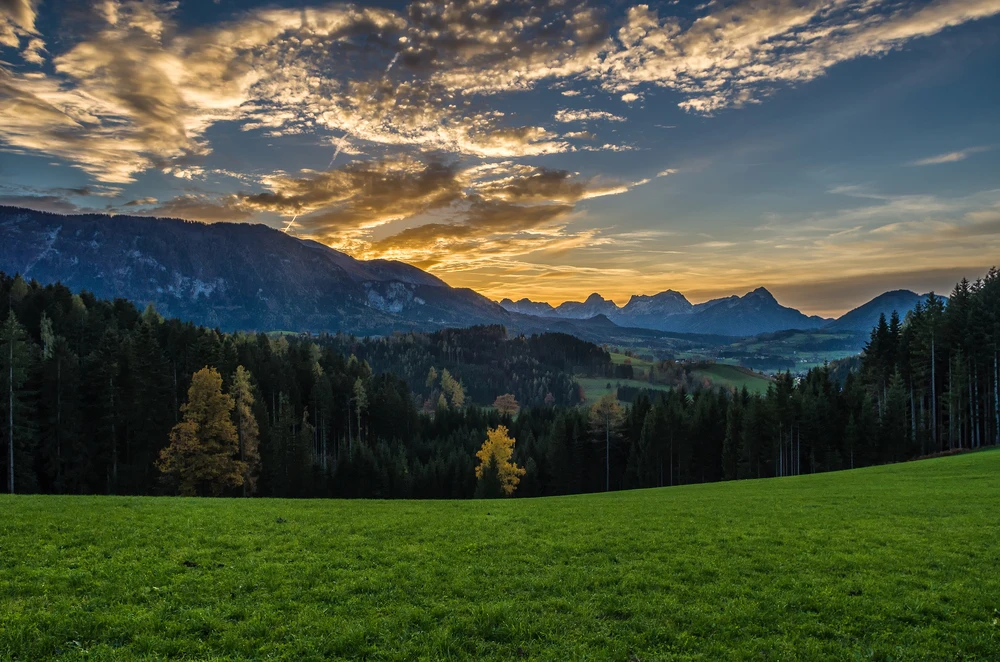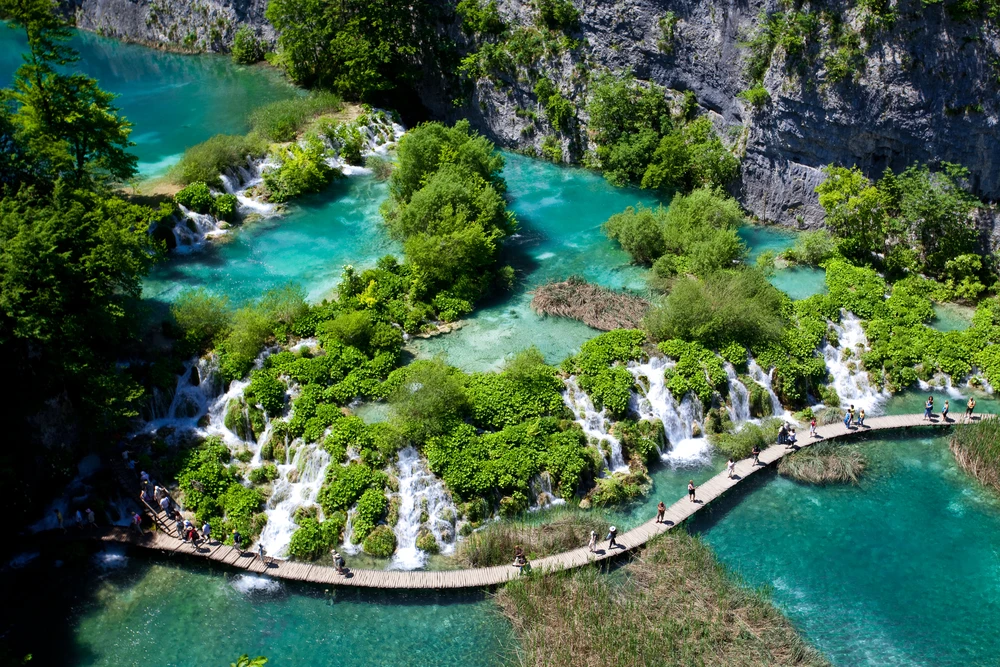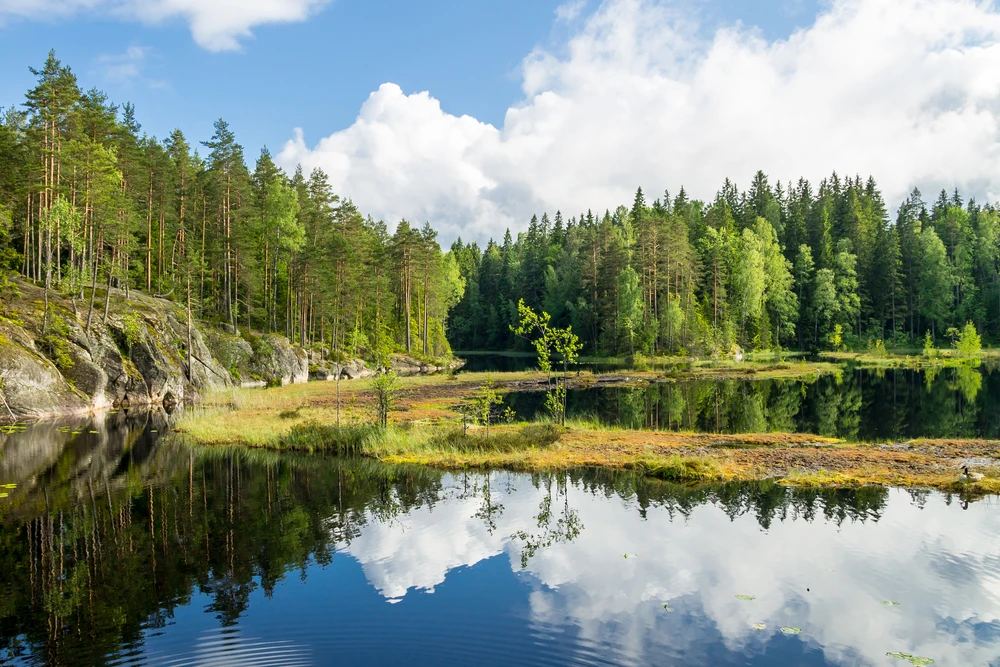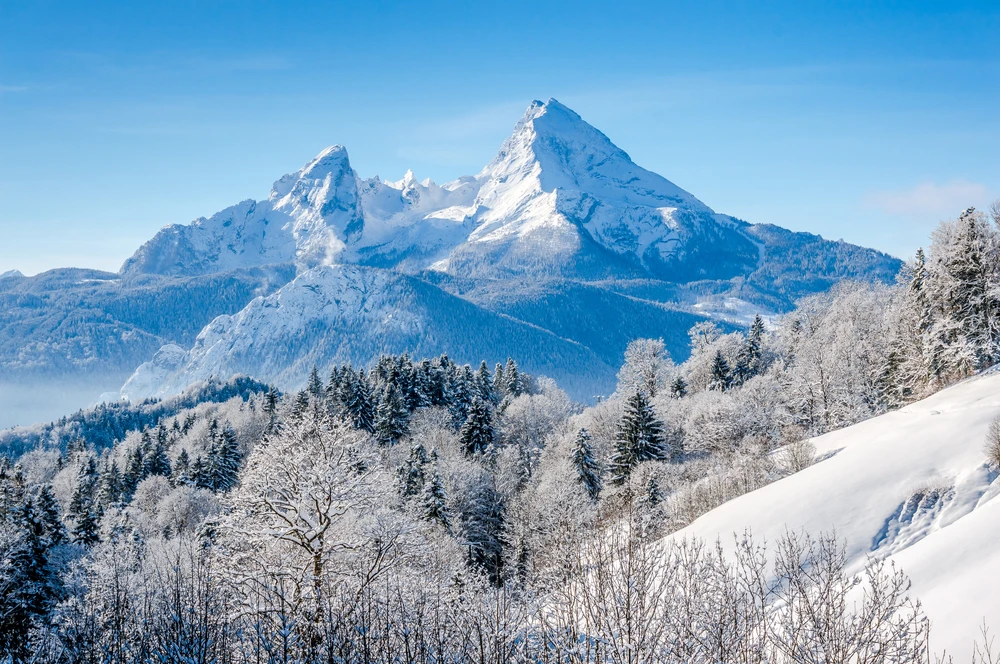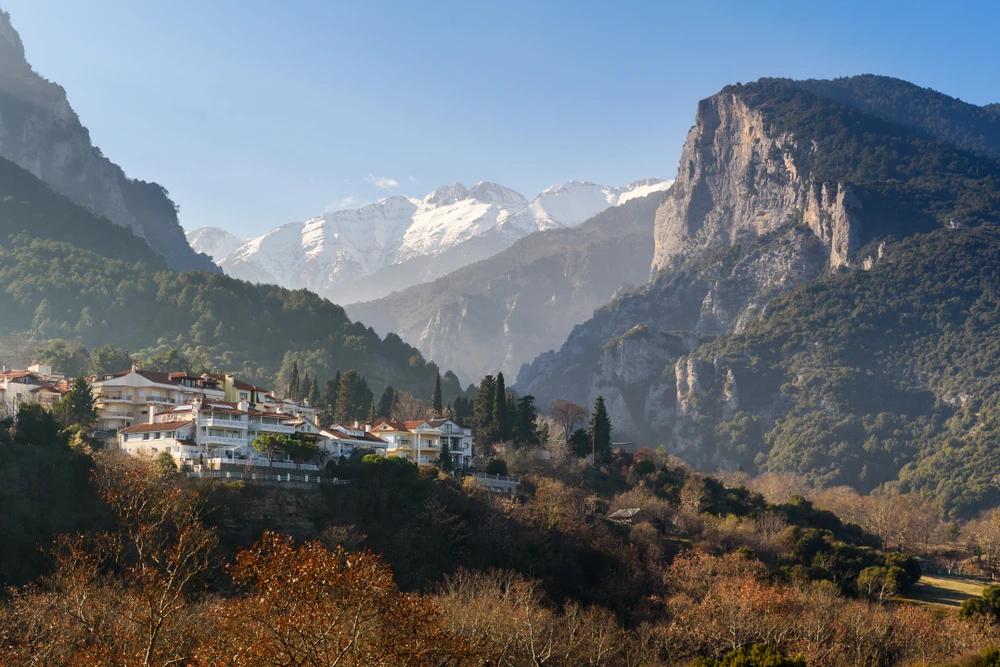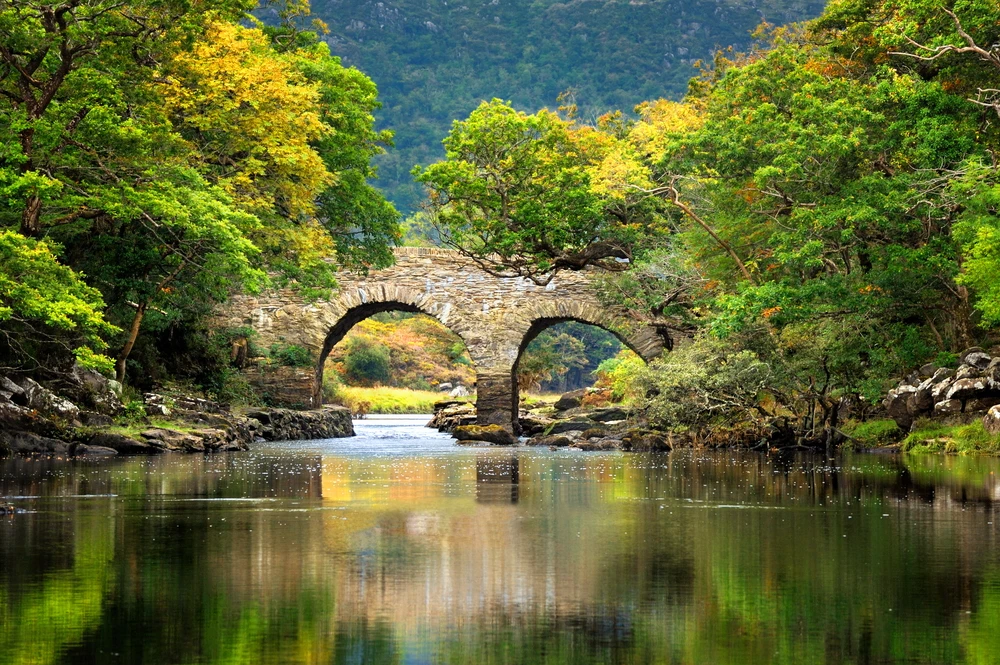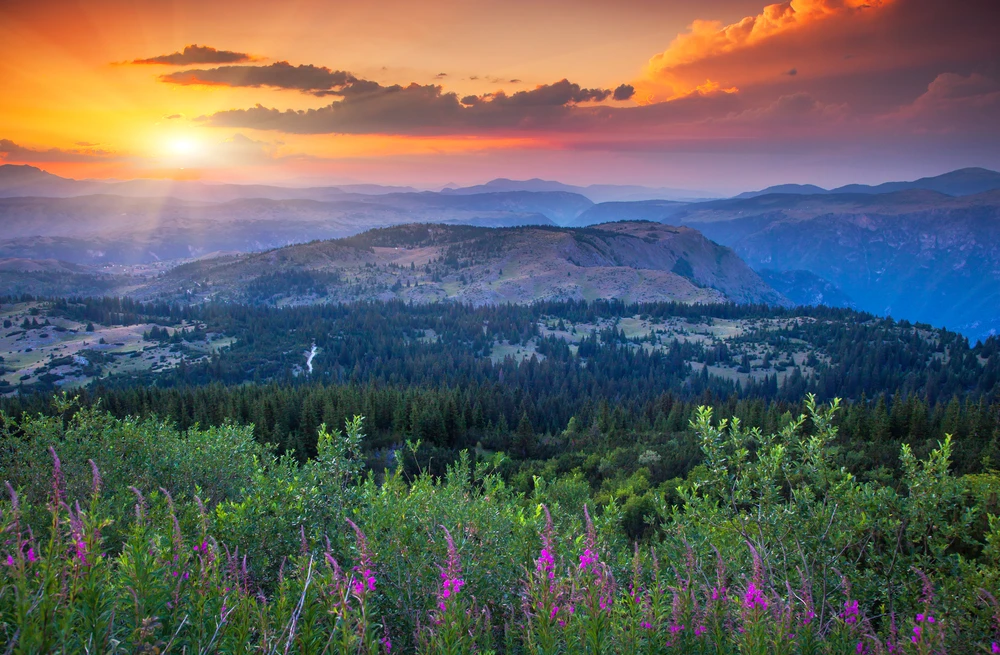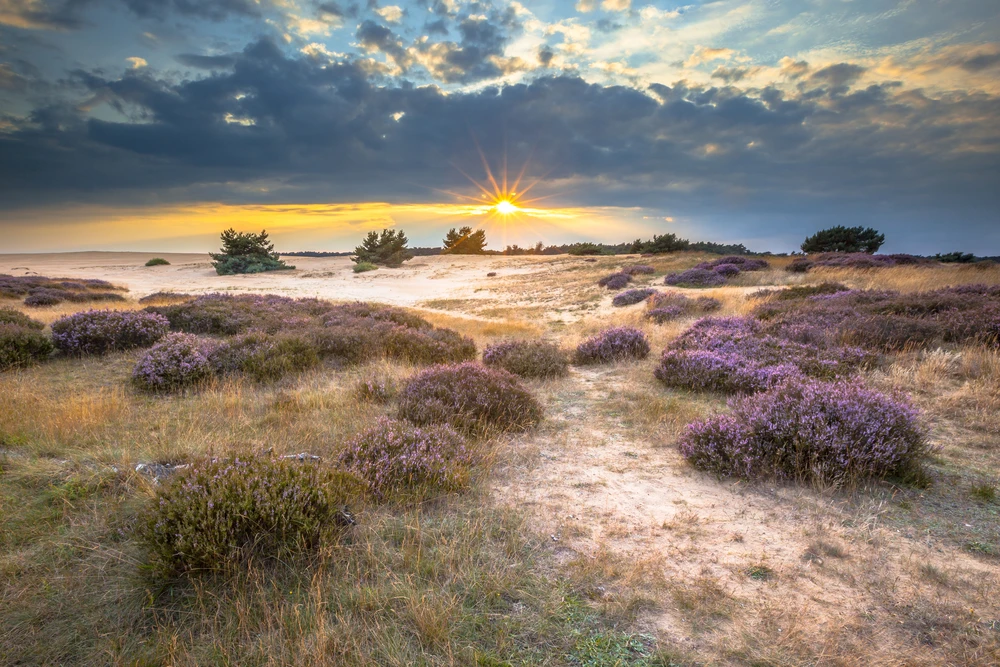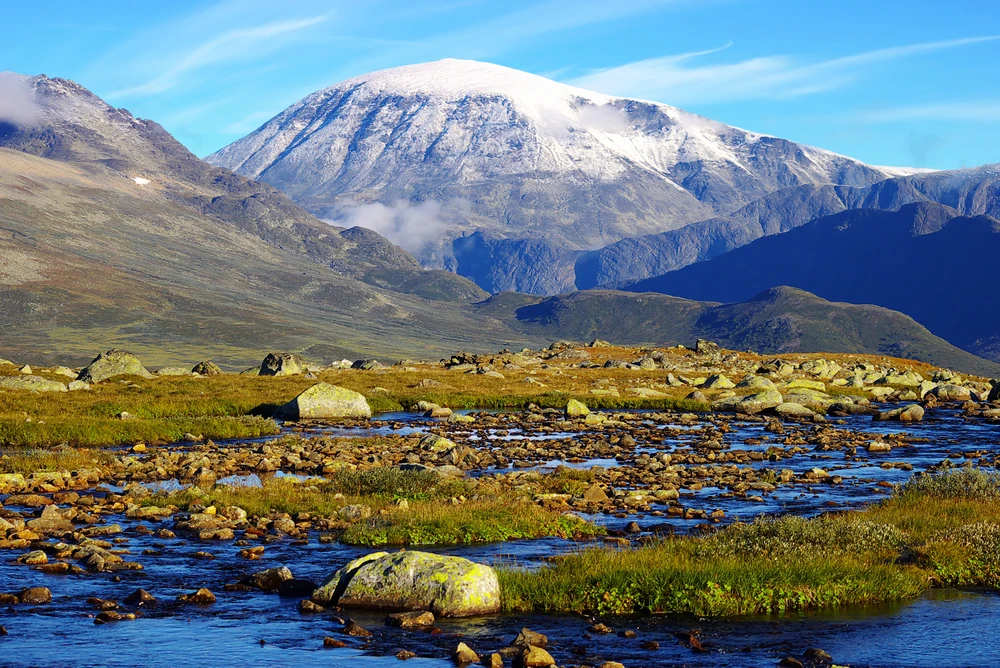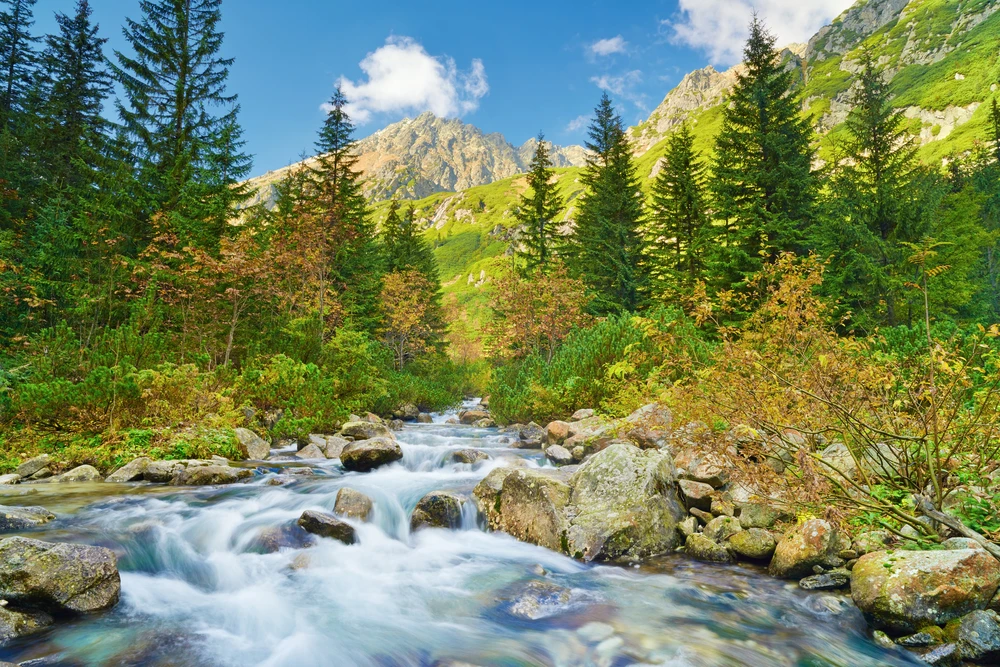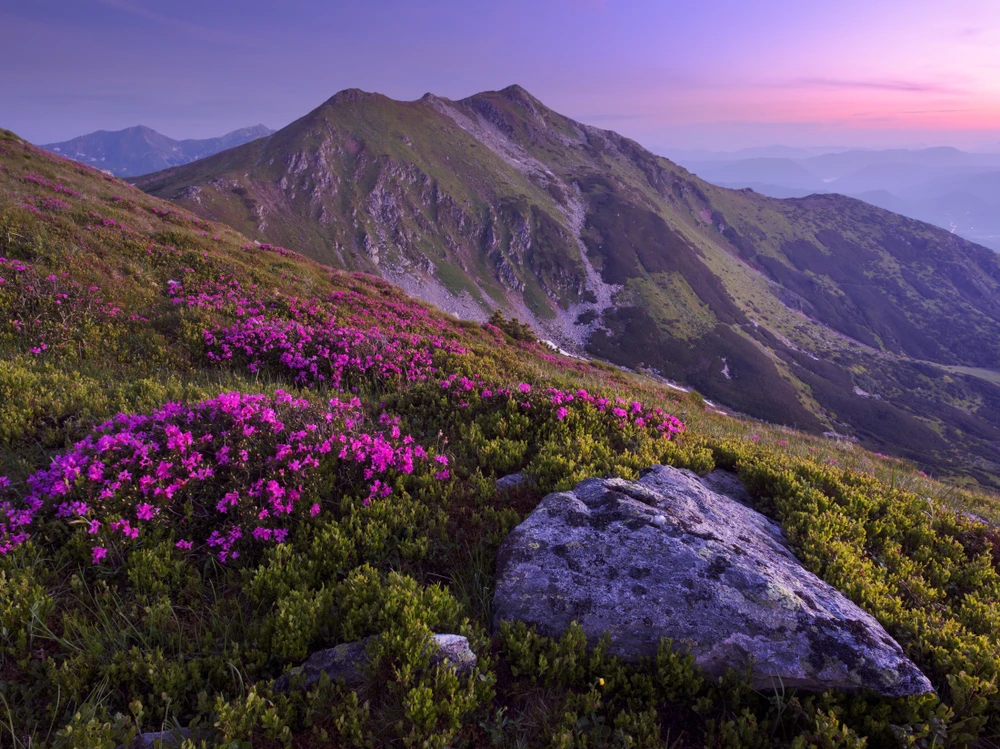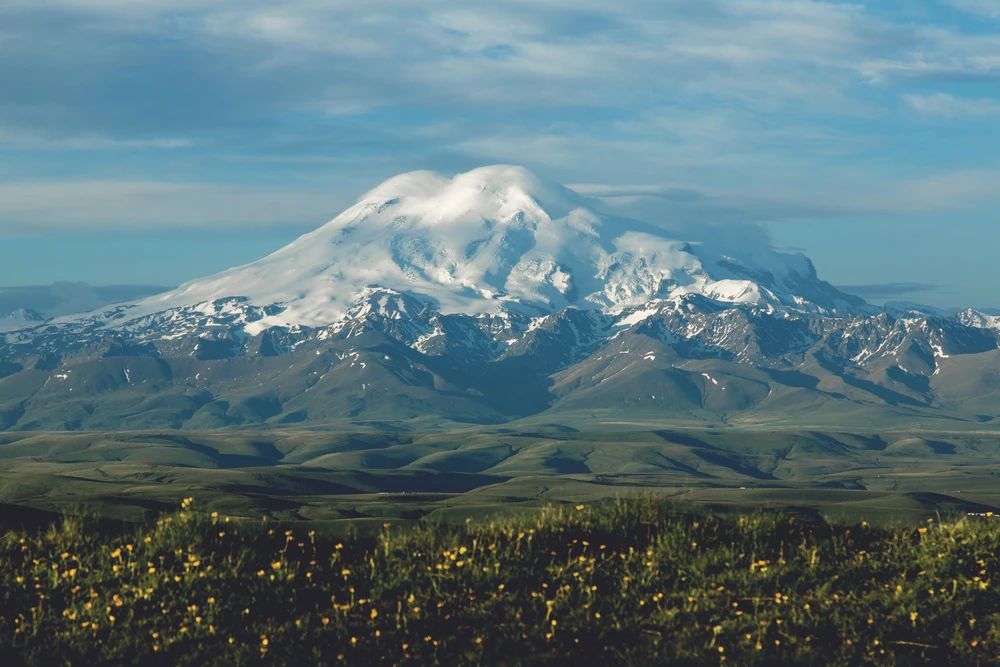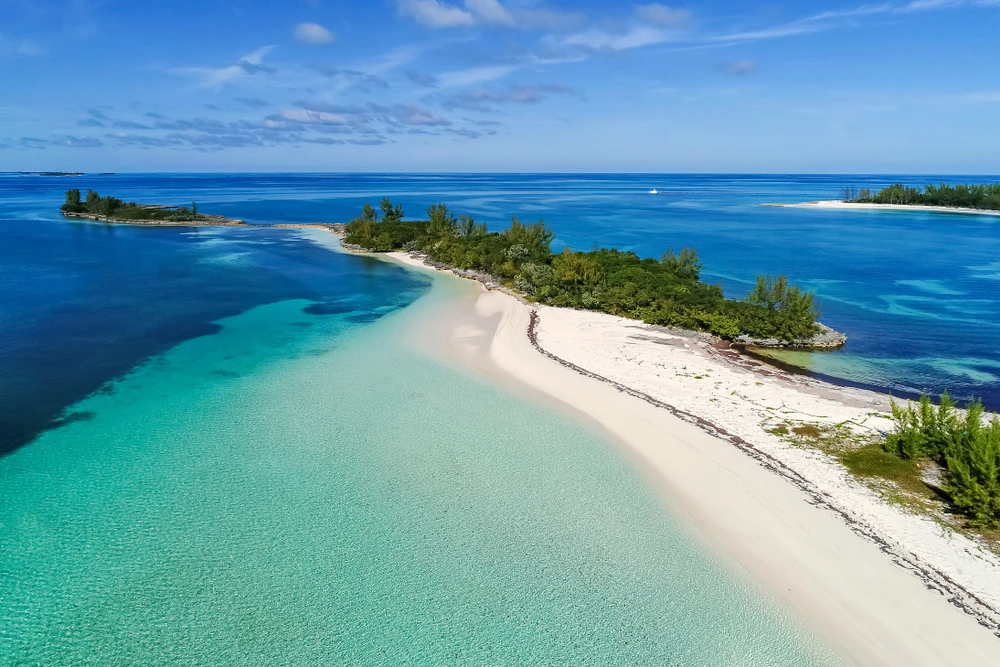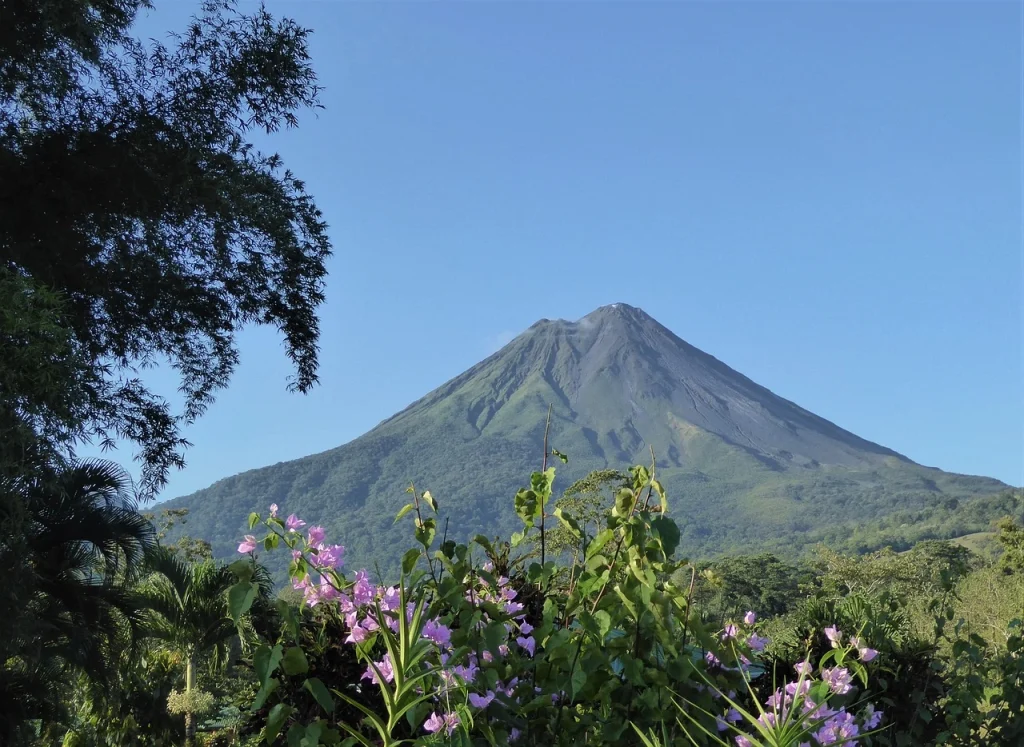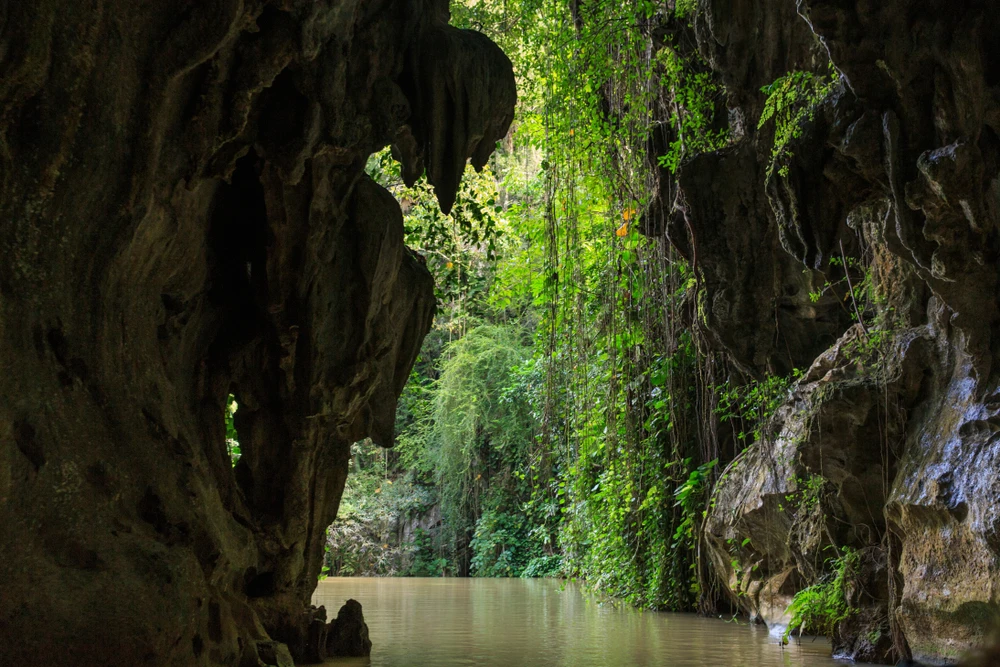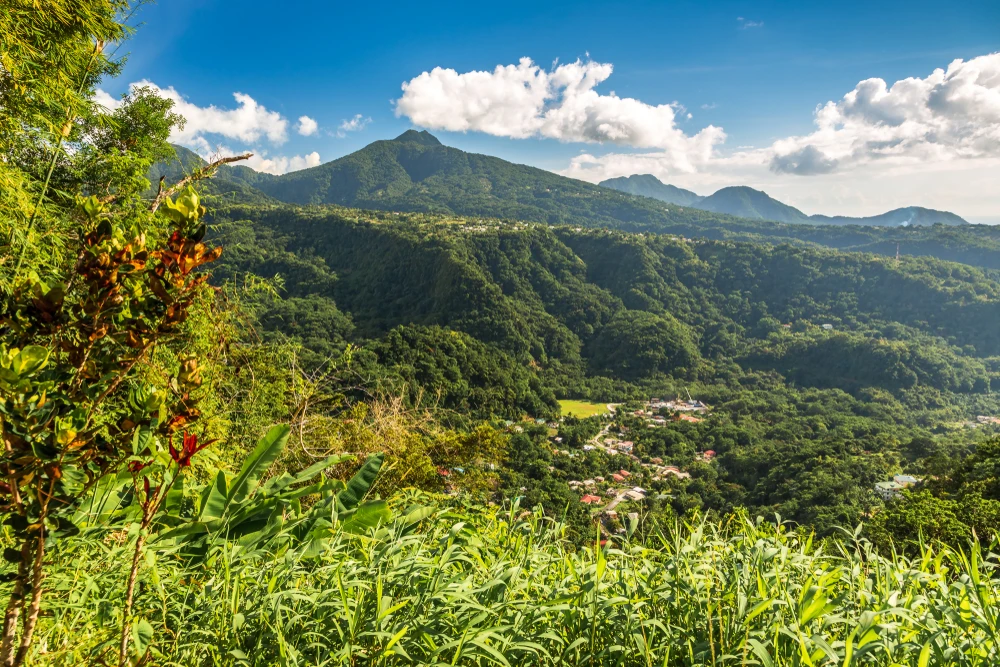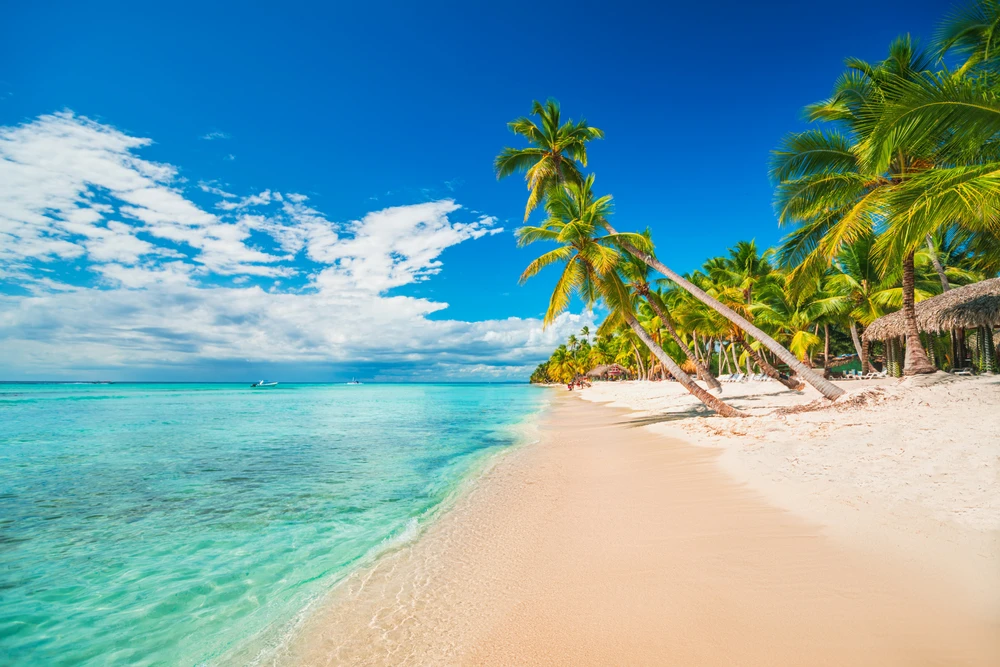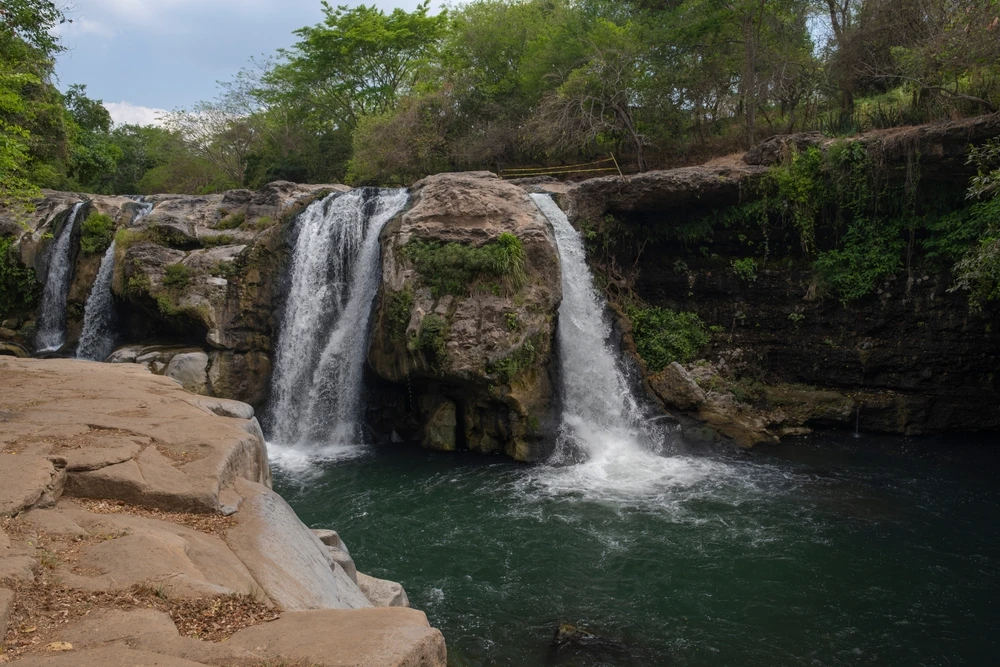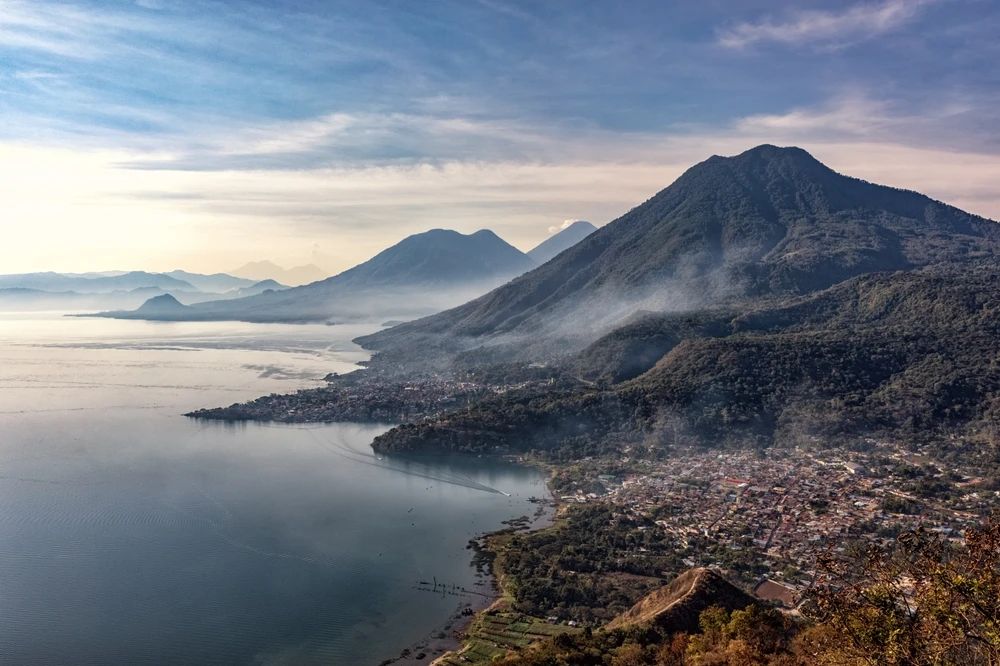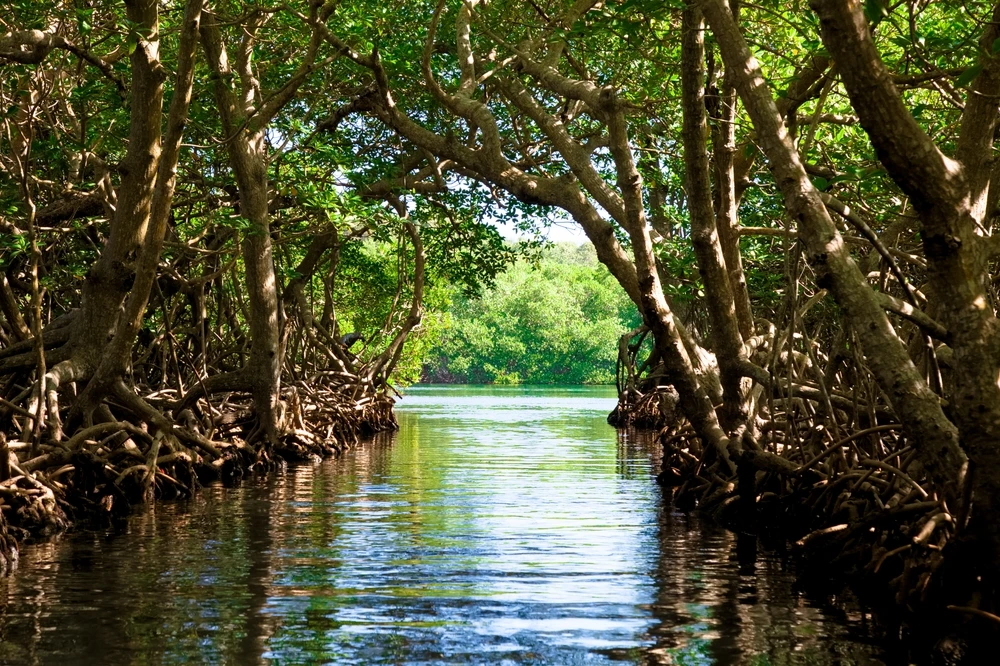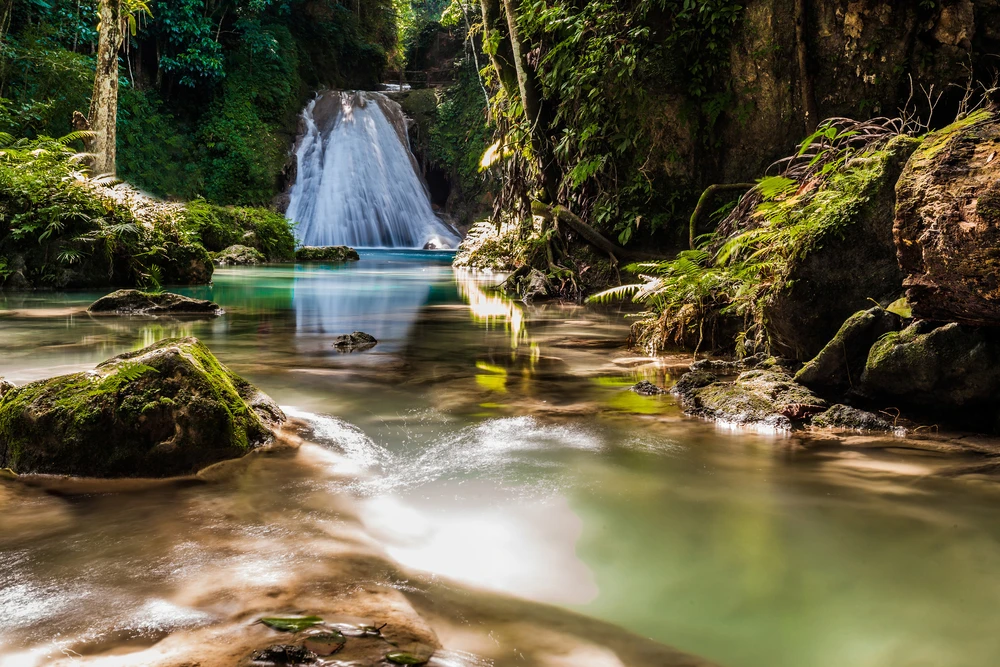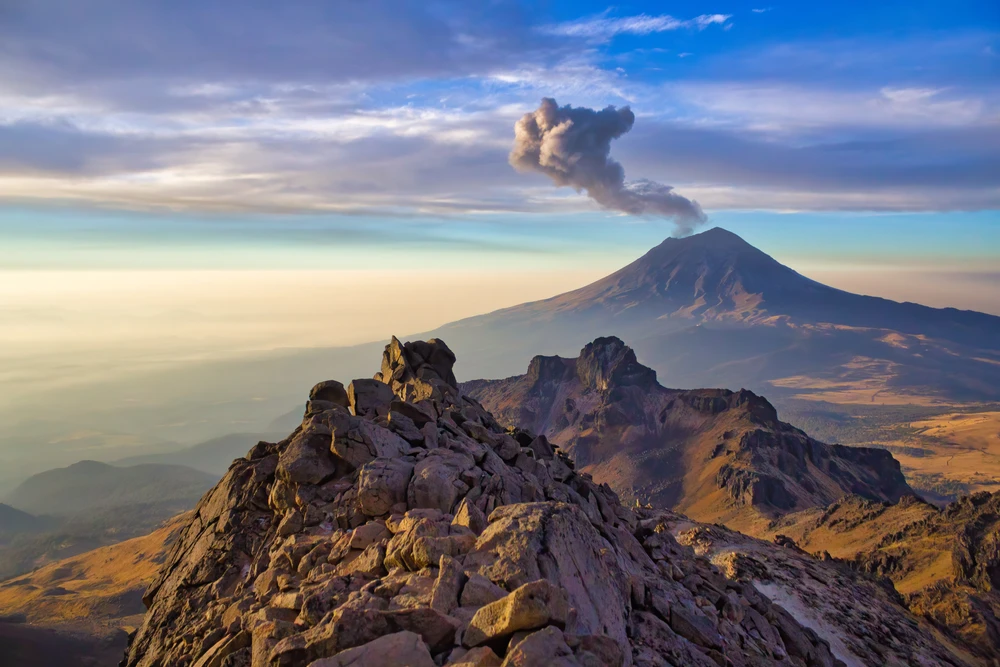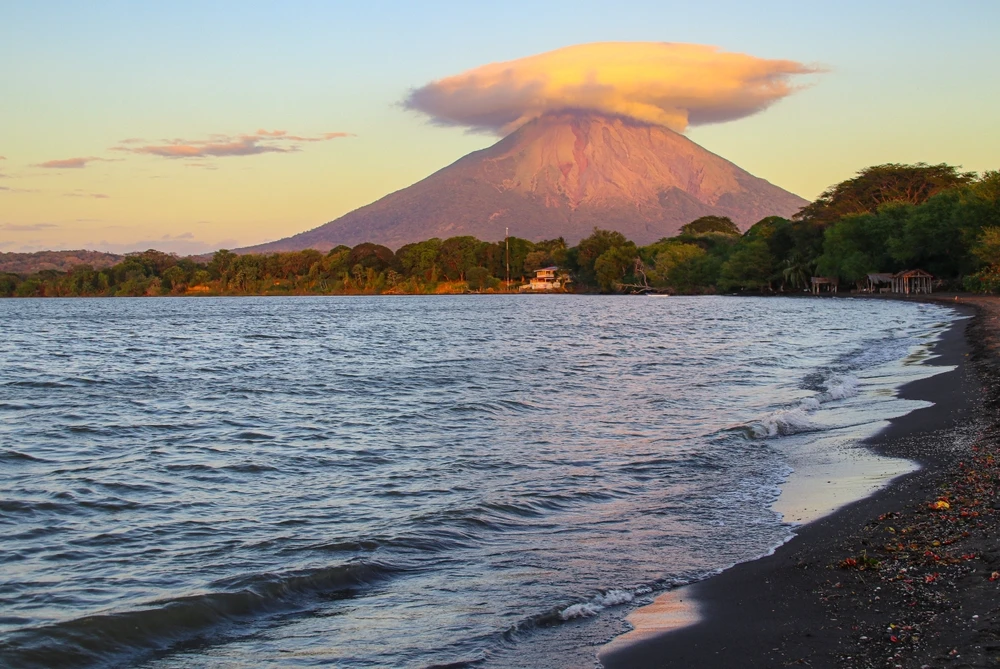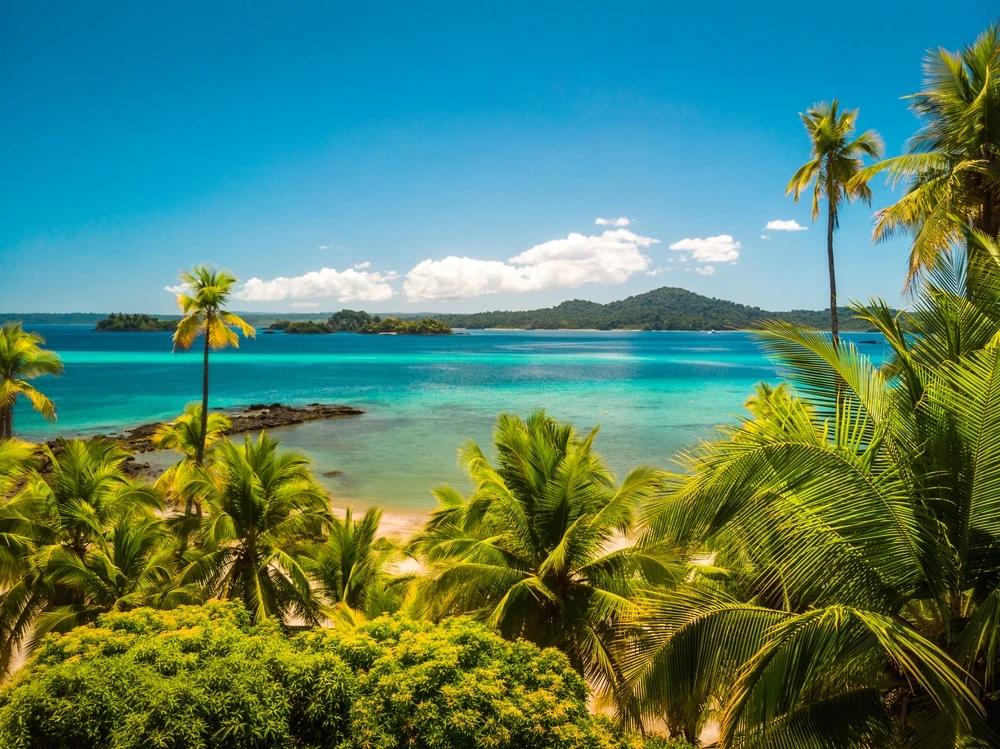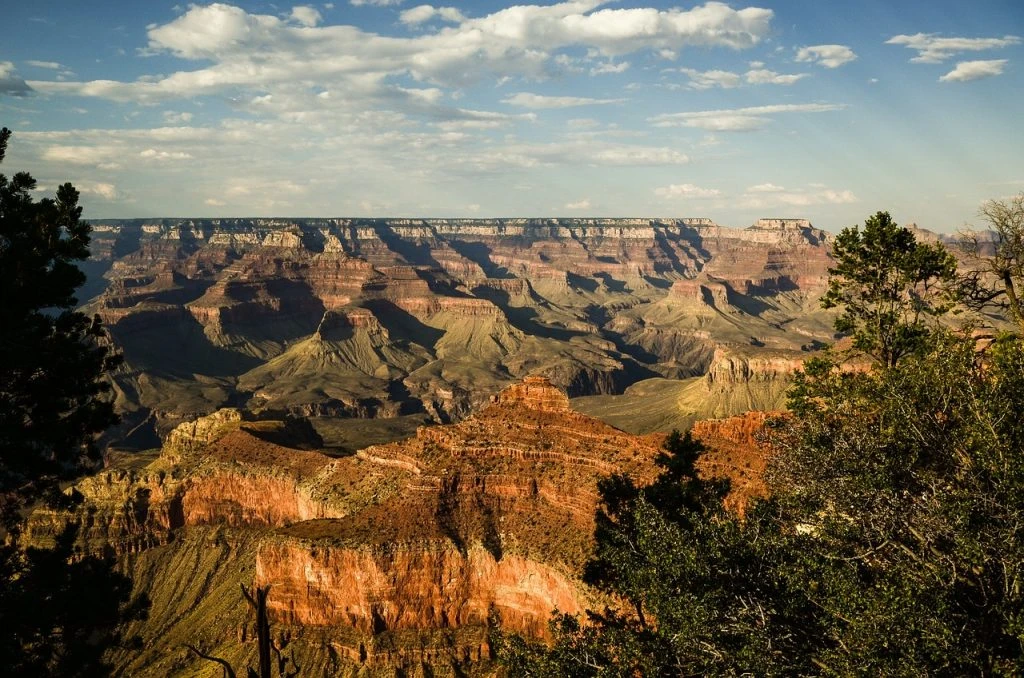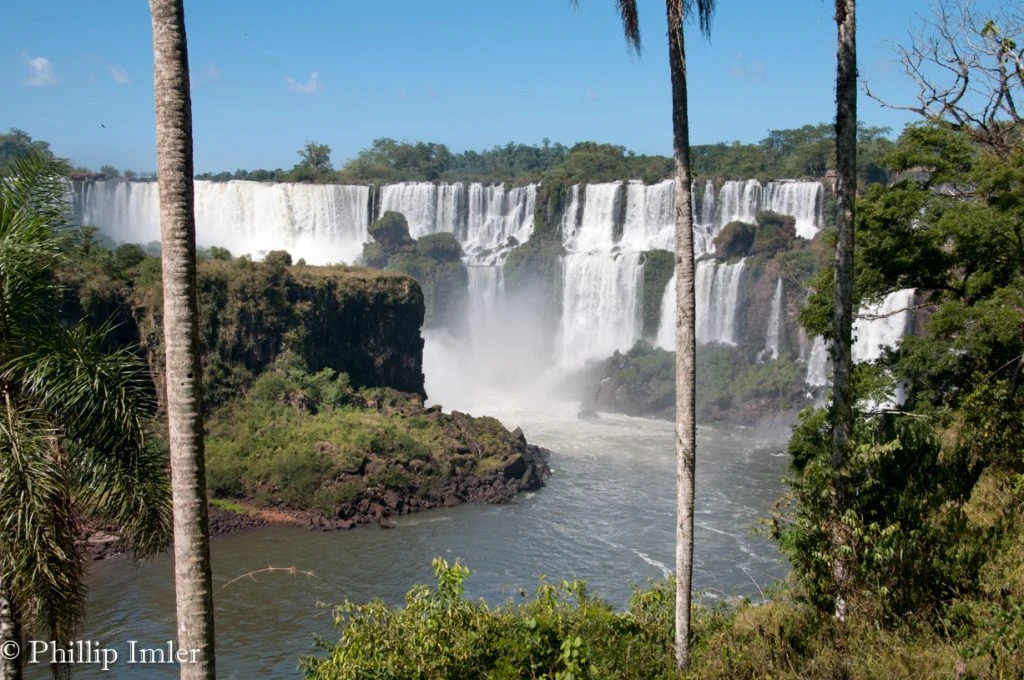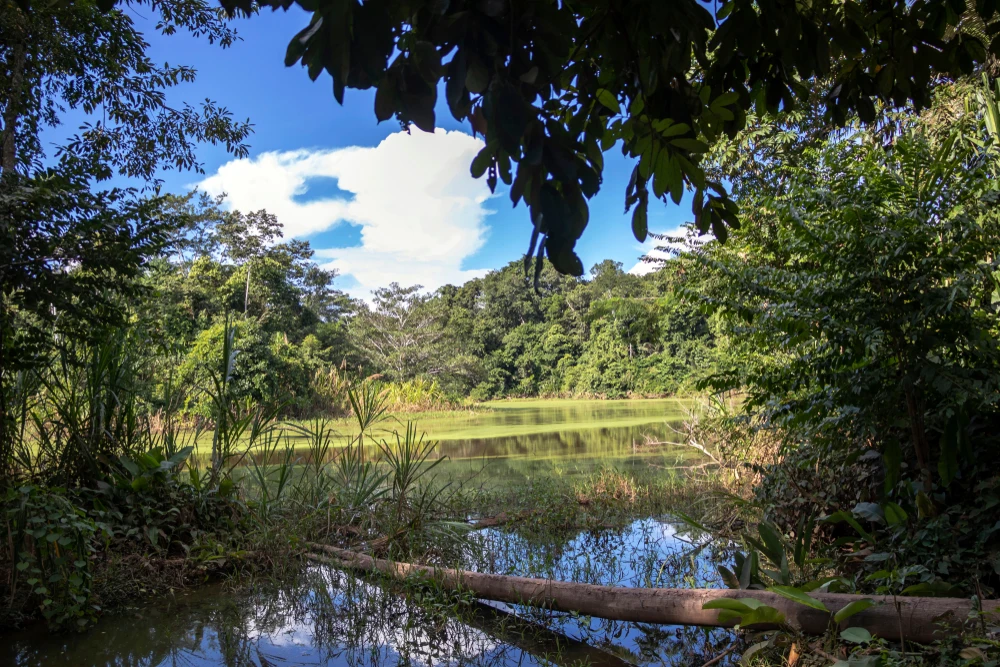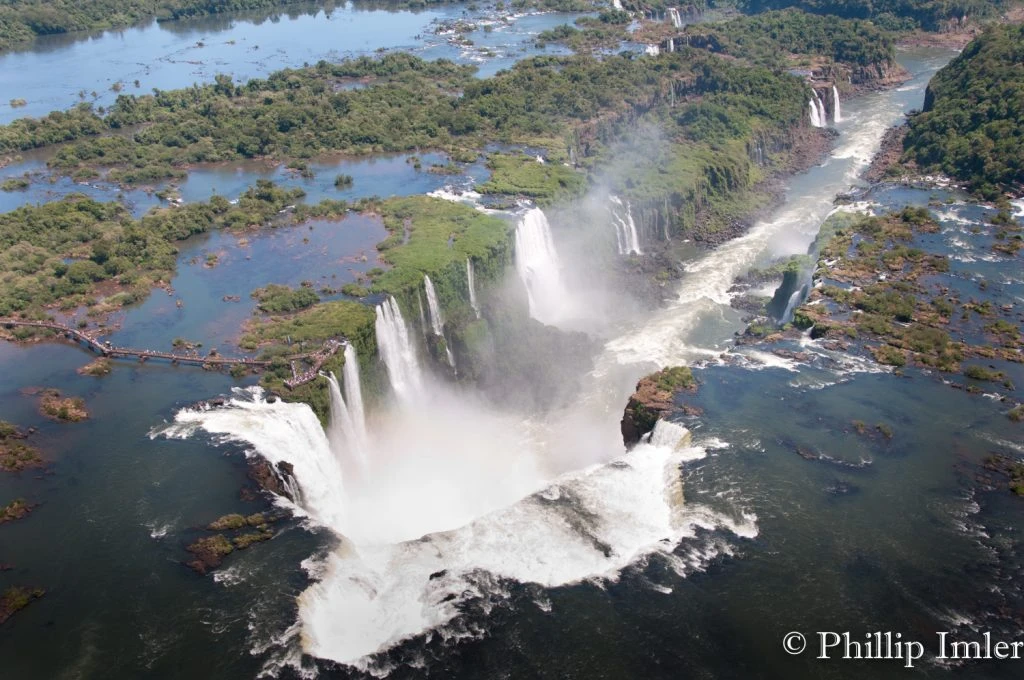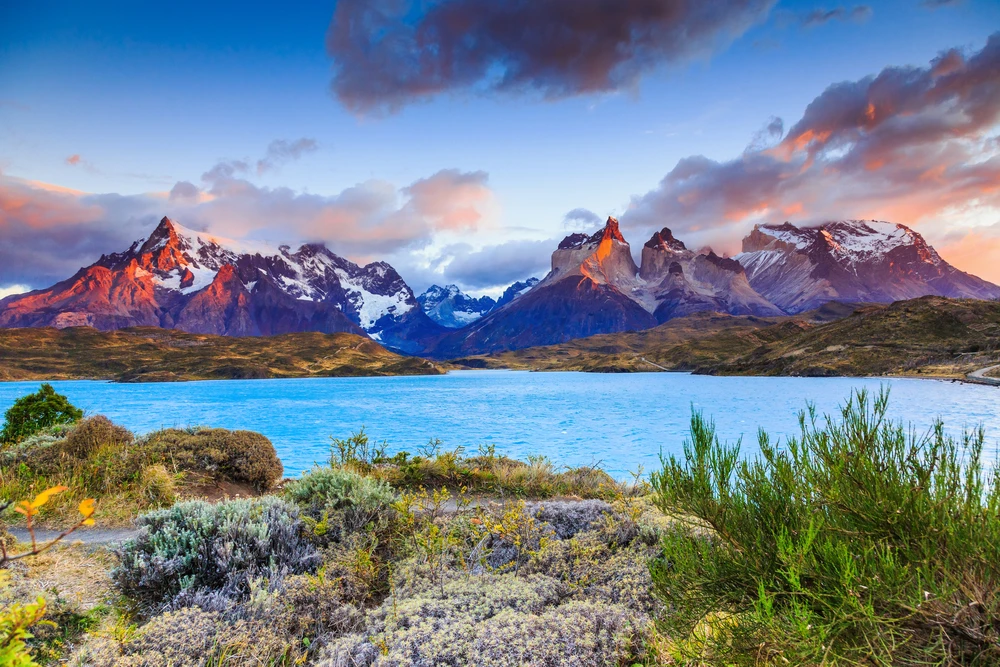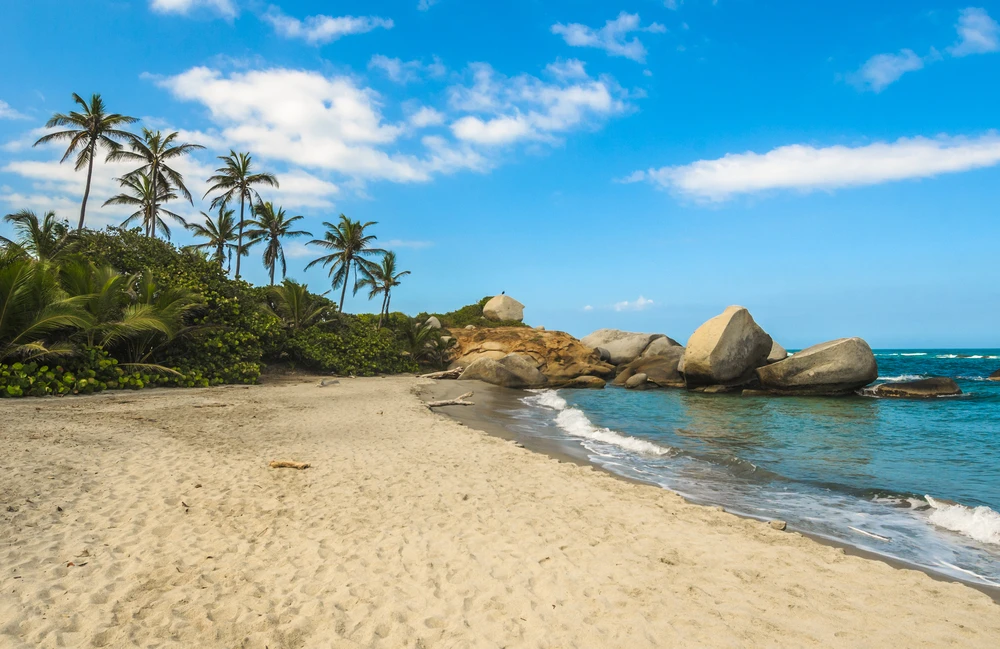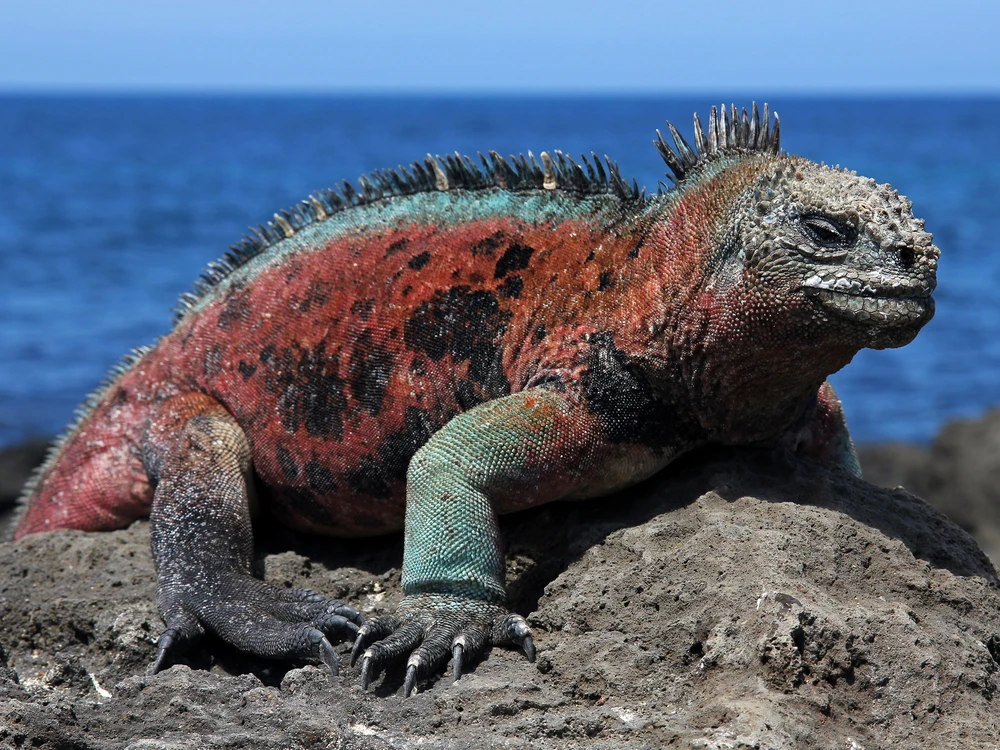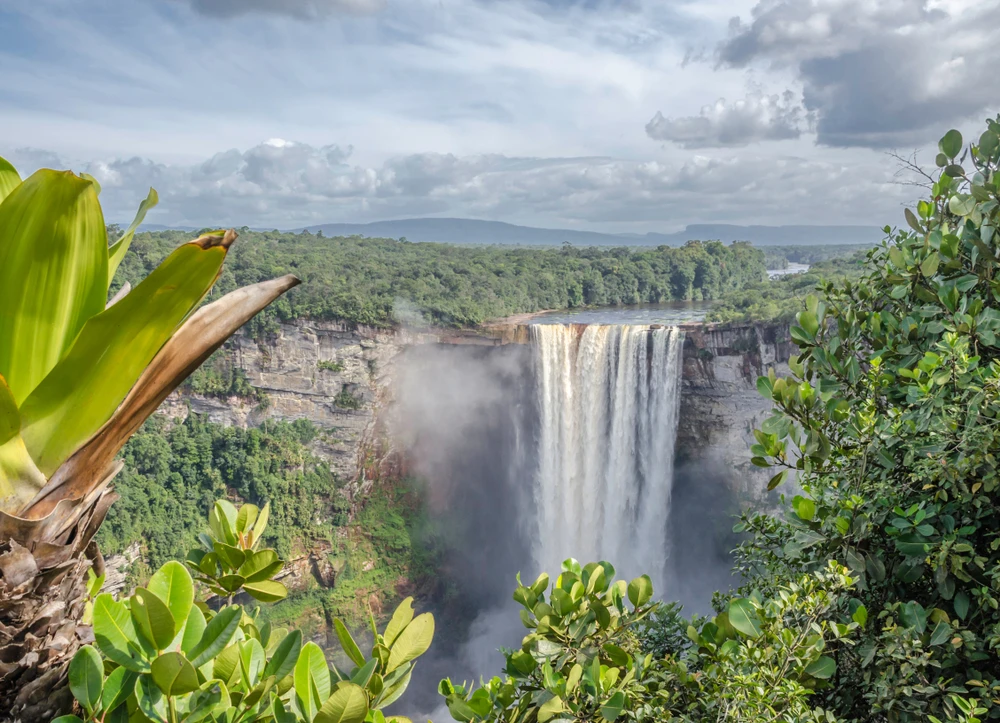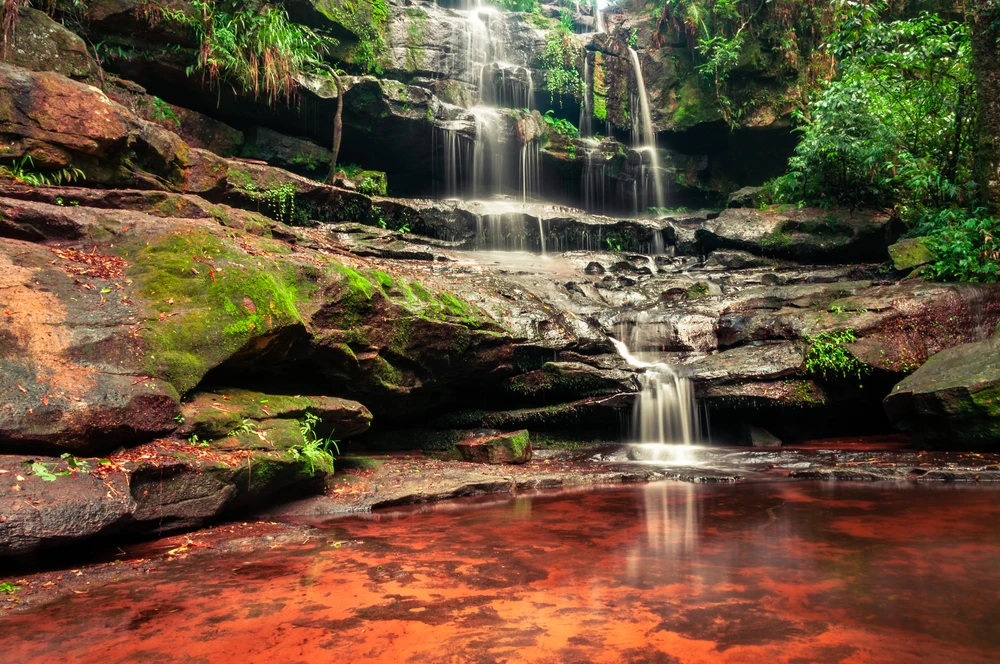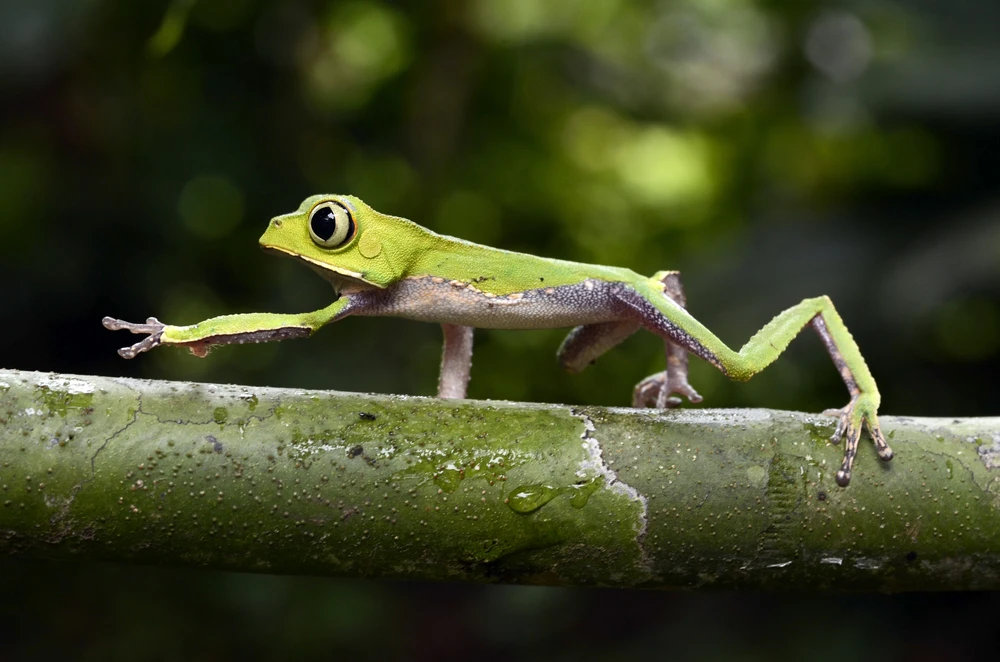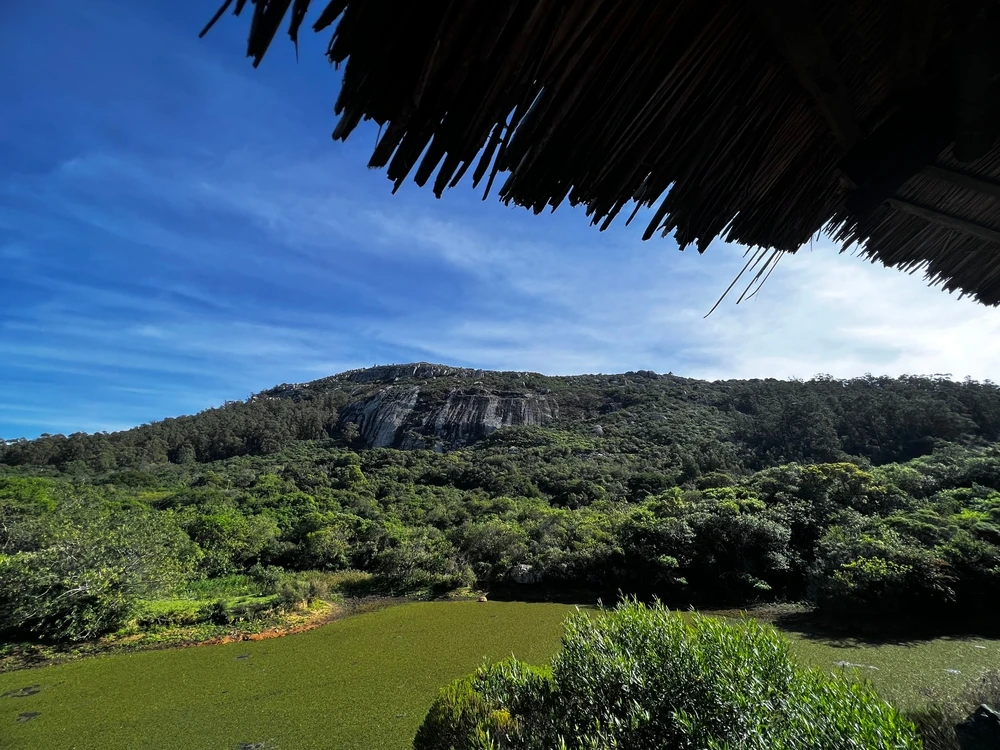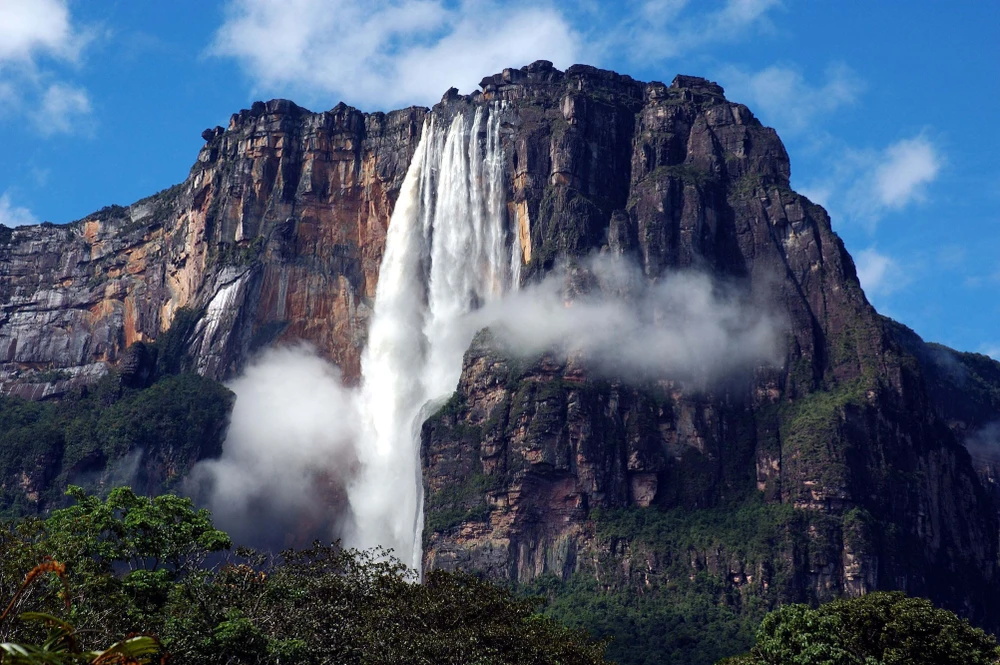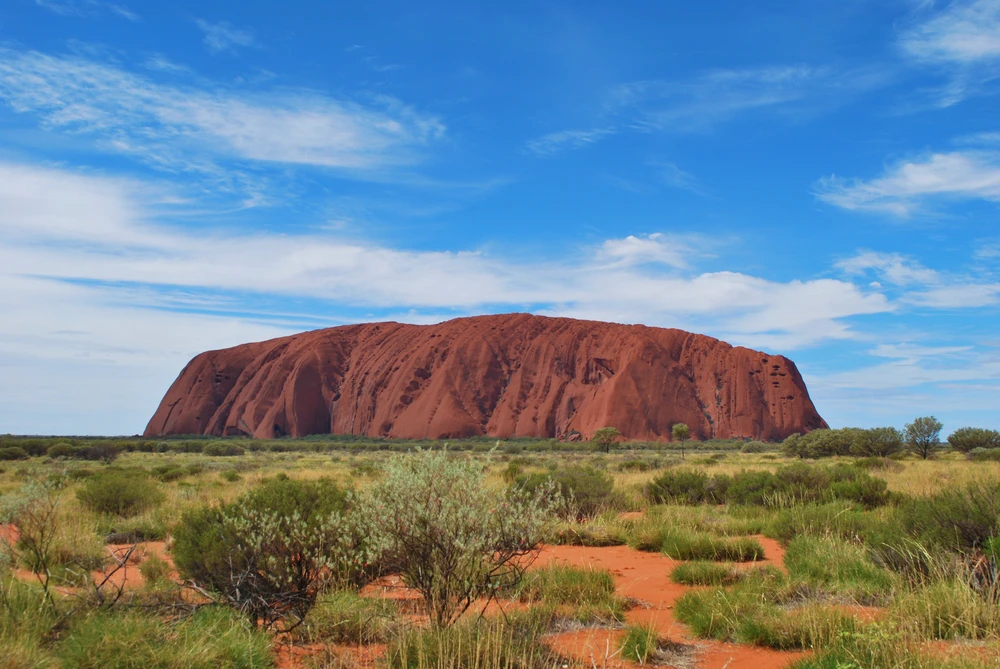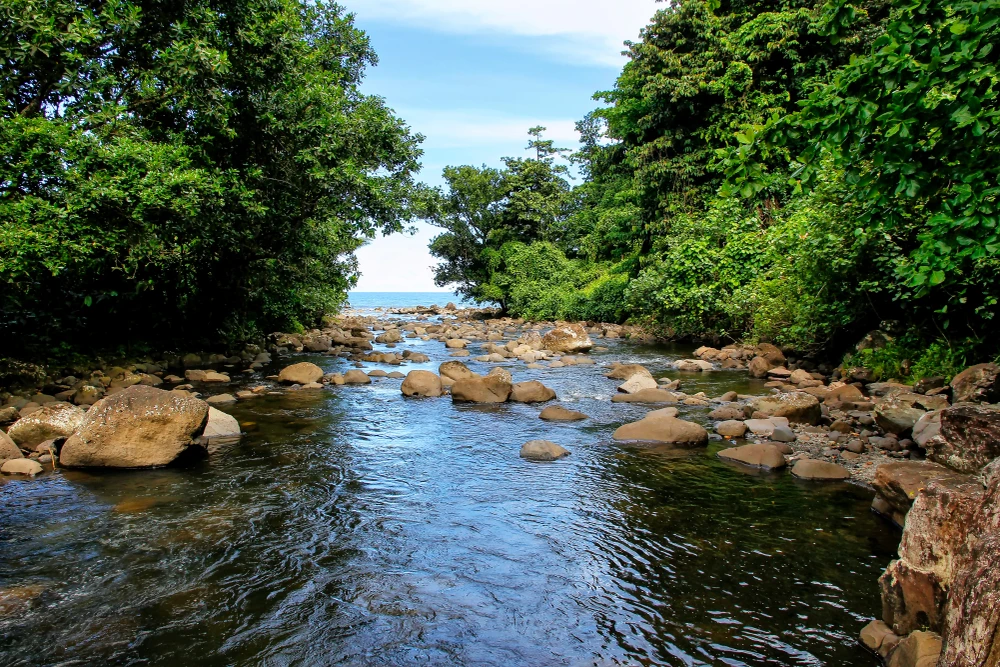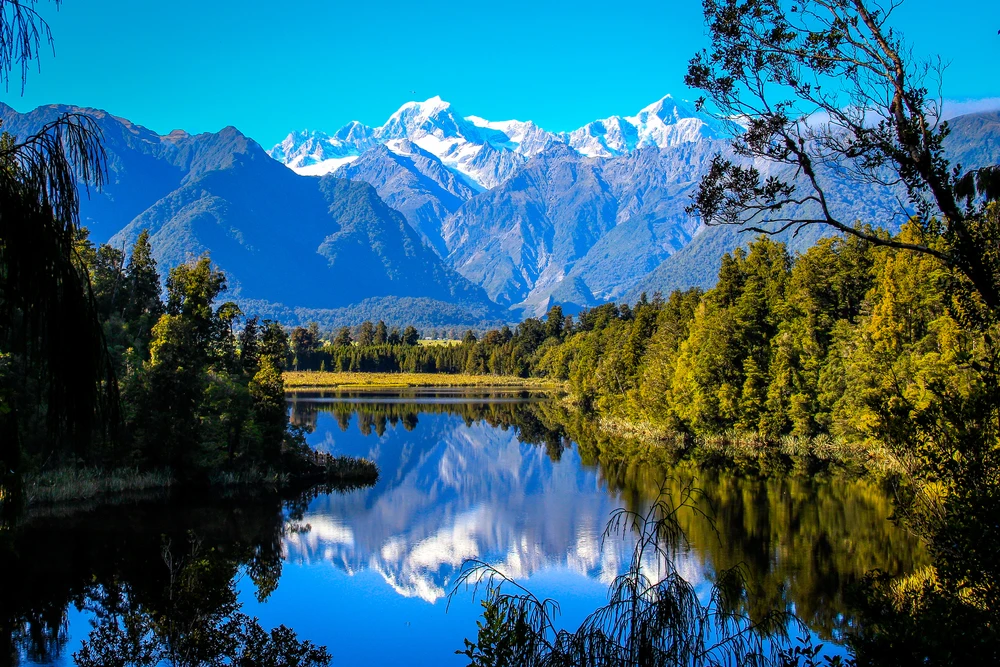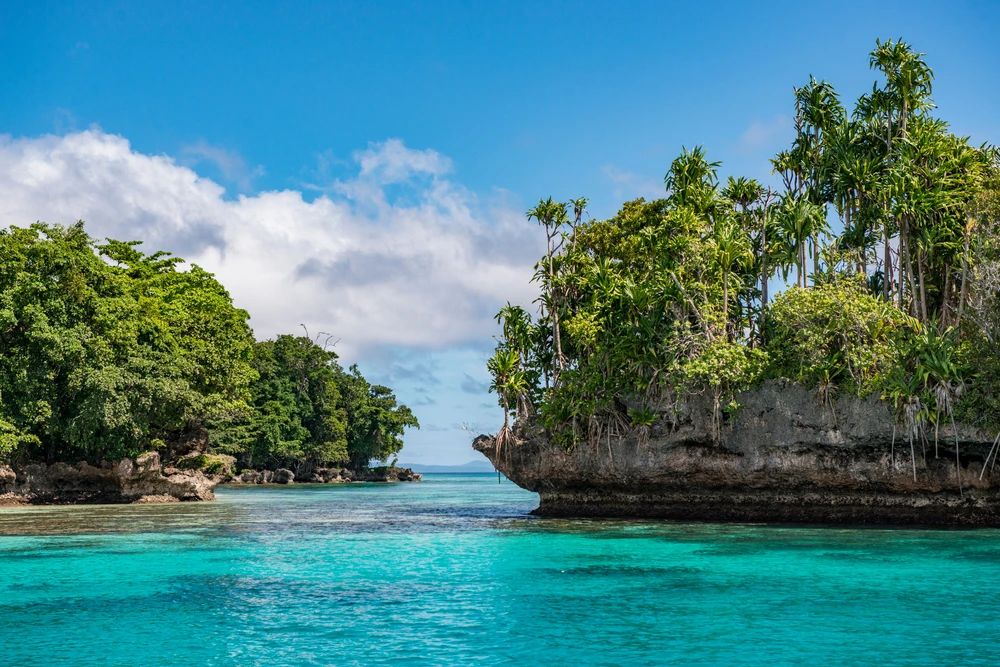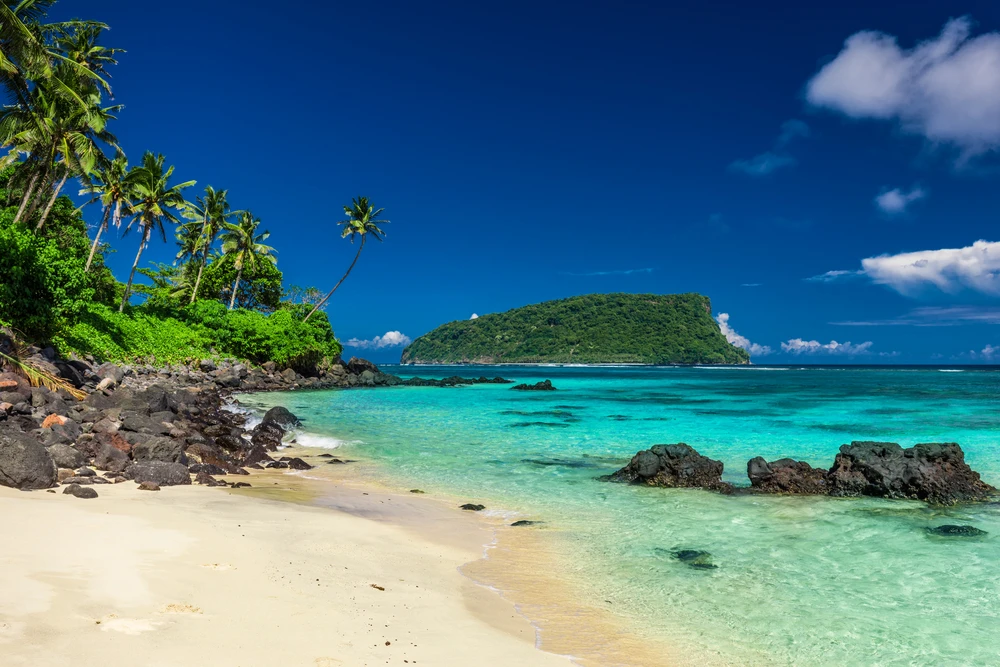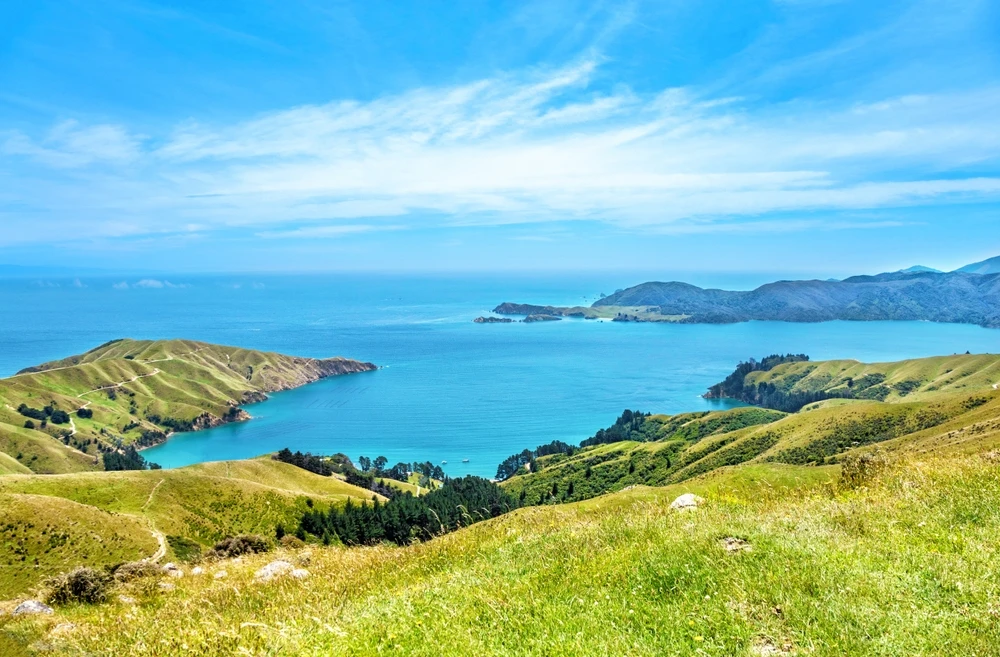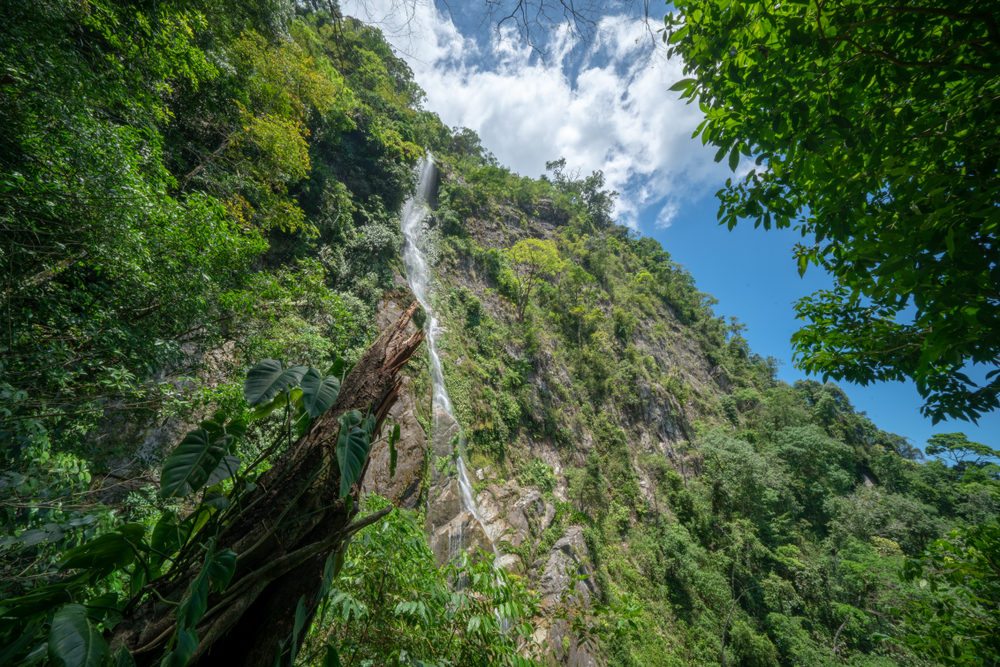Pico Bonito Overview
Pico Bonito National Park, known as Parque Nacional Pico Bonito in Spanish, is a vast and ecologically rich protected area in Honduras.
Covering approximately 434 square miles (1,124 square kilometers), the park is situated in the northern part of the country near the Caribbean coast, within the rugged peaks of the Cordillera Nombre de Dios mountain range. Its dramatic topography is defined by steep mountains, deep valleys, and swift rivers that carve through lush rainforest. The park is named after Pico Bonito, the tallest peak in the range, which rises to an elevation of about 8,000 feet (2,435 meters).
This towering mountain dominates the landscape and is often veiled in mist, adding a mystical quality to the park’s diverse ecosystems. The park’s terrain includes tropical rainforests at lower elevations, cloud forests at higher altitudes, and pine forests in some drier areas, providing an array of habitats that support remarkable biodiversity.
Pico Bonito National Park is home to a stunning variety of wildlife, making it a prime destination for nature lovers and wildlife enthusiasts. Among the most iconic mammals found in the park are jaguars, ocelots, and Baird’s tapirs, all of which rely on the dense forest for survival. White-faced capuchin monkeys and howler monkeys can often be spotted moving through the canopy, while anteaters and agoutis roam the forest floor.
The park is also a haven for birdwatchers, with over 400 recorded bird species, including the resplendent quetzal, keel-billed toucan, and the strikingly beautiful motmot. Raptors such as the ornate hawk-eagle soar above the treetops, and water-loving species like herons and kingfishers thrive along the rivers. The combination of dense forests, flowing rivers, and mountainous terrain creates an ideal environment for such rich biodiversity.
One of the most popular features of Pico Bonito National Park is its network of waterfalls and rivers that cascade through the forest. The Rio Cangrejal, one of Honduras’ most famous rivers, rushes through the park and is renowned for its white-water rafting opportunities. Another highlight is the Zacate River waterfall, a spectacular multi-tiered cascade that draws visitors seeking adventure and breathtaking views.
The diverse trails within the park offer a range of hiking experiences, from easy walks along the riverbanks to challenging treks into the mountains, where panoramic vistas of the lush landscape await. The forest canopy walkways provide an opportunity to explore the treetops and observe wildlife up close, making for an unforgettable experience.
Visitors to Pico Bonito National Park engage in a variety of activities that allow them to fully immerse themselves in the natural beauty of the region. Hiking and birdwatching are among the most popular activities, with guided tours available to help visitors spot elusive wildlife.
The park’s rivers provide excellent conditions for white-water rafting and kayaking, drawing adventure seekers eager to navigate the rapids of the Rio Cangrejal. Swimming in the crystal-clear pools beneath waterfalls offers a refreshing break from the humid jungle climate. For those interested in a more relaxed experience, eco-lodges and research stations near the park provide comfortable accommodations where visitors can enjoy nature without venturing too far into the wilderness.
Pico Bonito National Park faces several conservation challenges, including deforestation, illegal hunting, and encroaching development. However, numerous conservation efforts have been implemented to protect its fragile ecosystems.
Environmental organizations and local communities have worked together to promote sustainable tourism, reforestation projects, and wildlife monitoring programs. The park’s protected status has helped preserve its biodiversity, and ongoing conservation initiatives continue to support the survival of threatened species like jaguars and tapirs.
Despite the challenges, Pico Bonito remains one of Honduras’ most significant natural treasures, offering visitors a chance to experience its breathtaking landscapes and rich wildlife while highlighting the importance of conservation efforts.
Park Map
Pico Bonito National Park Highlights
Share your clicks with us
Related National Parks More Honduras

Patuca National Park

Montaña de Botaderos Carlos Escaleras Mejía National Park

Omoa National Park

La Tigra National Park

Nombre de Dios National Park

Montaña Santa Bárbara National Park

Montaña de Yoro National Park

Montaña de Comayagua National Park

La Muralla National Park


